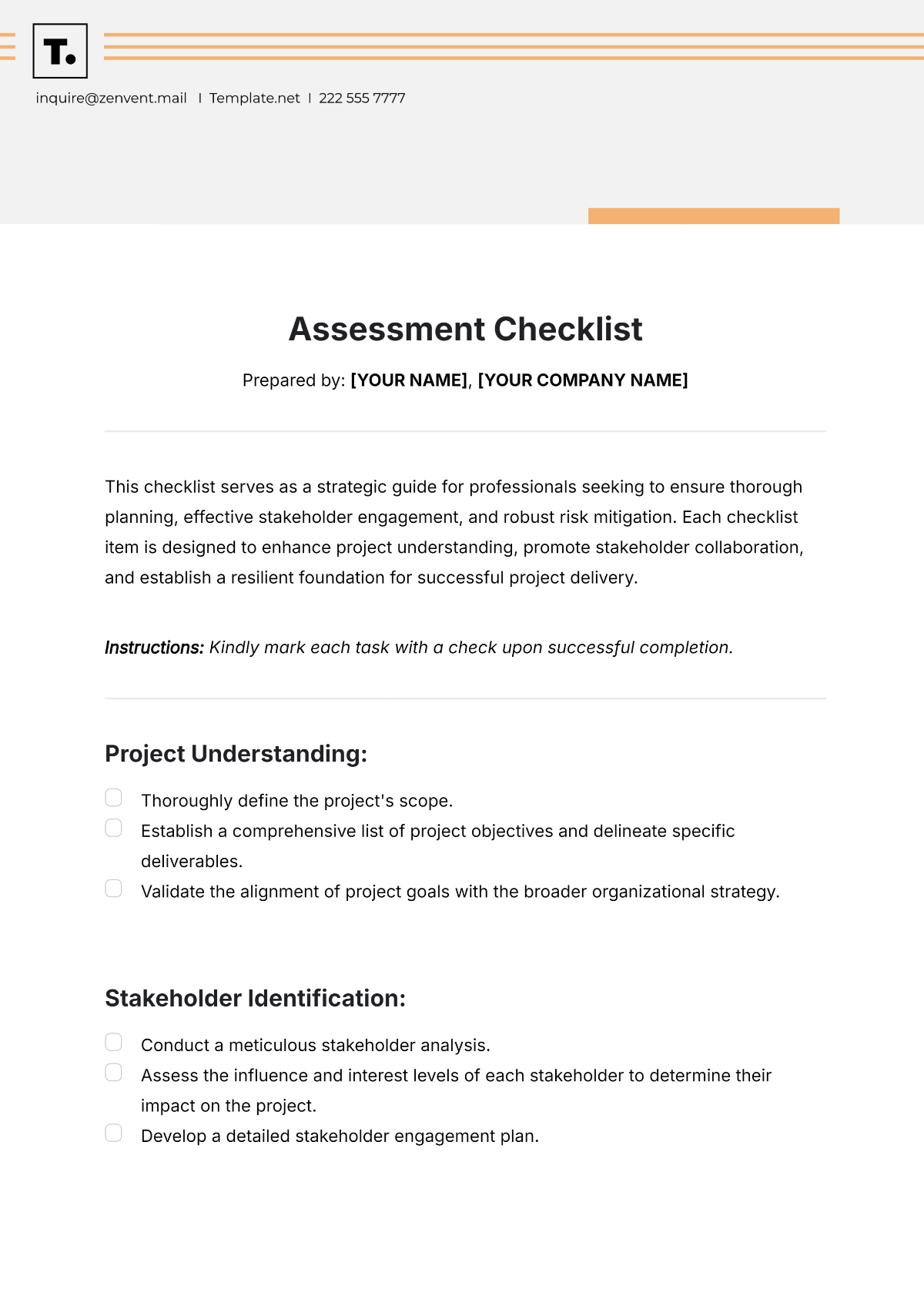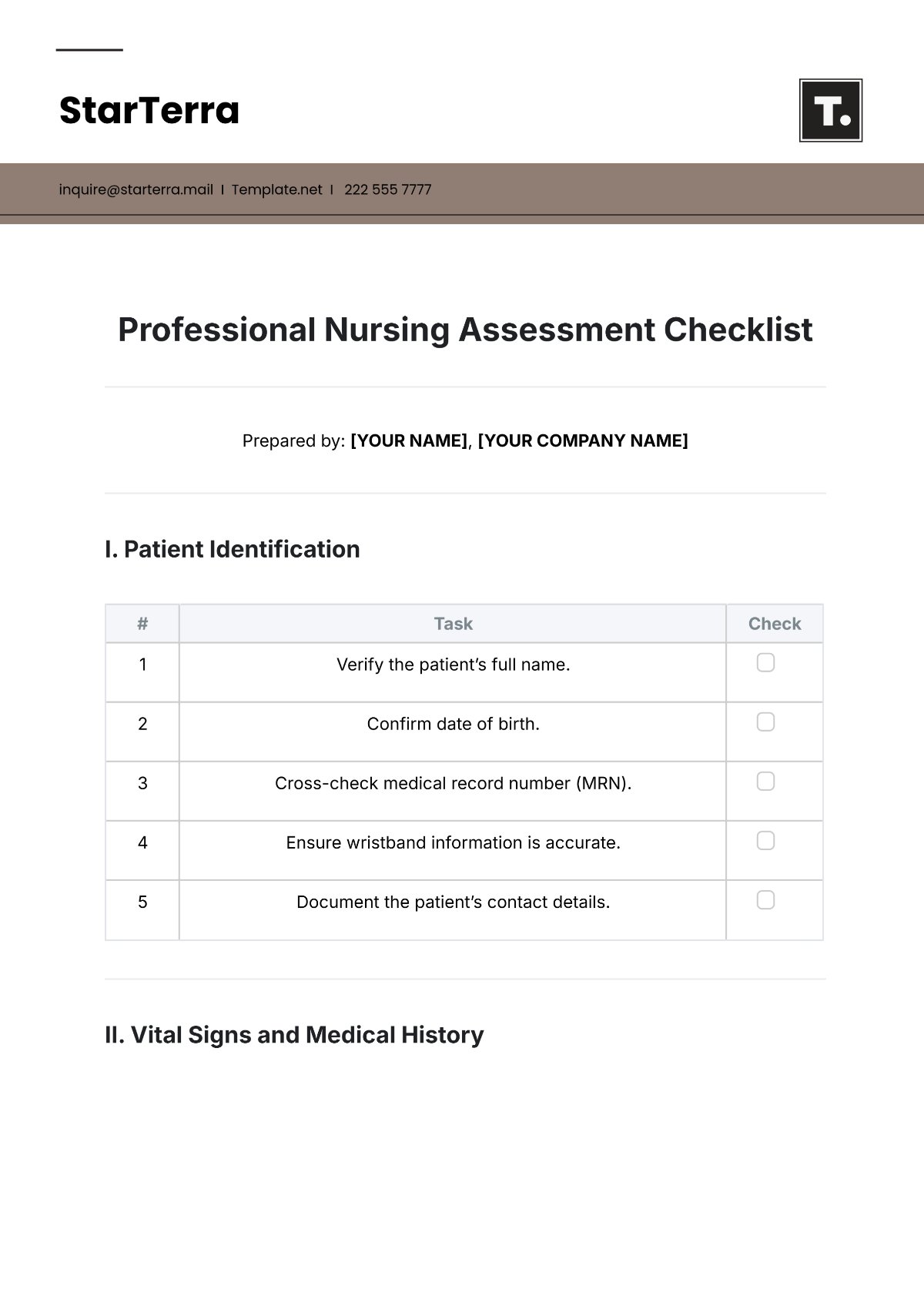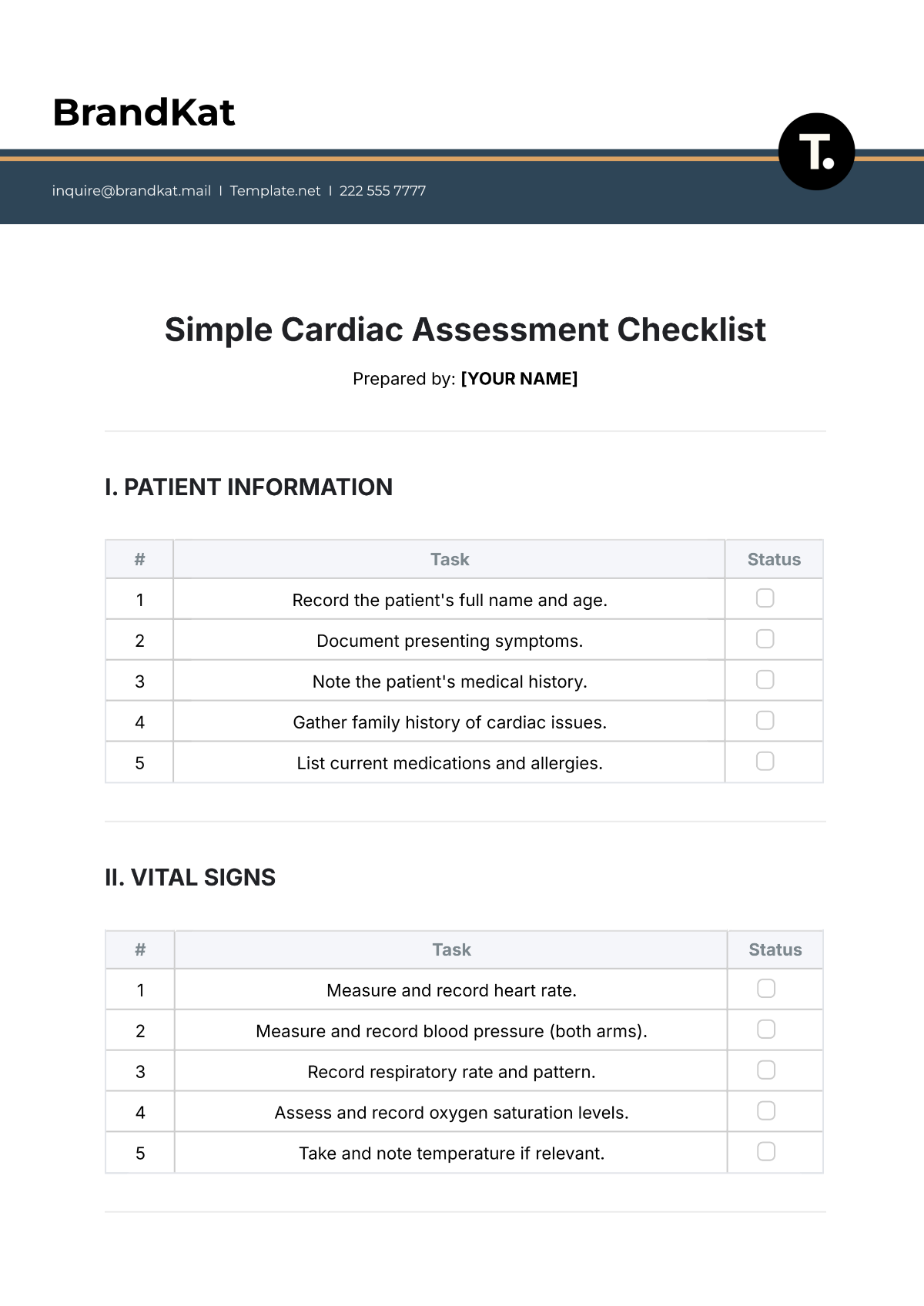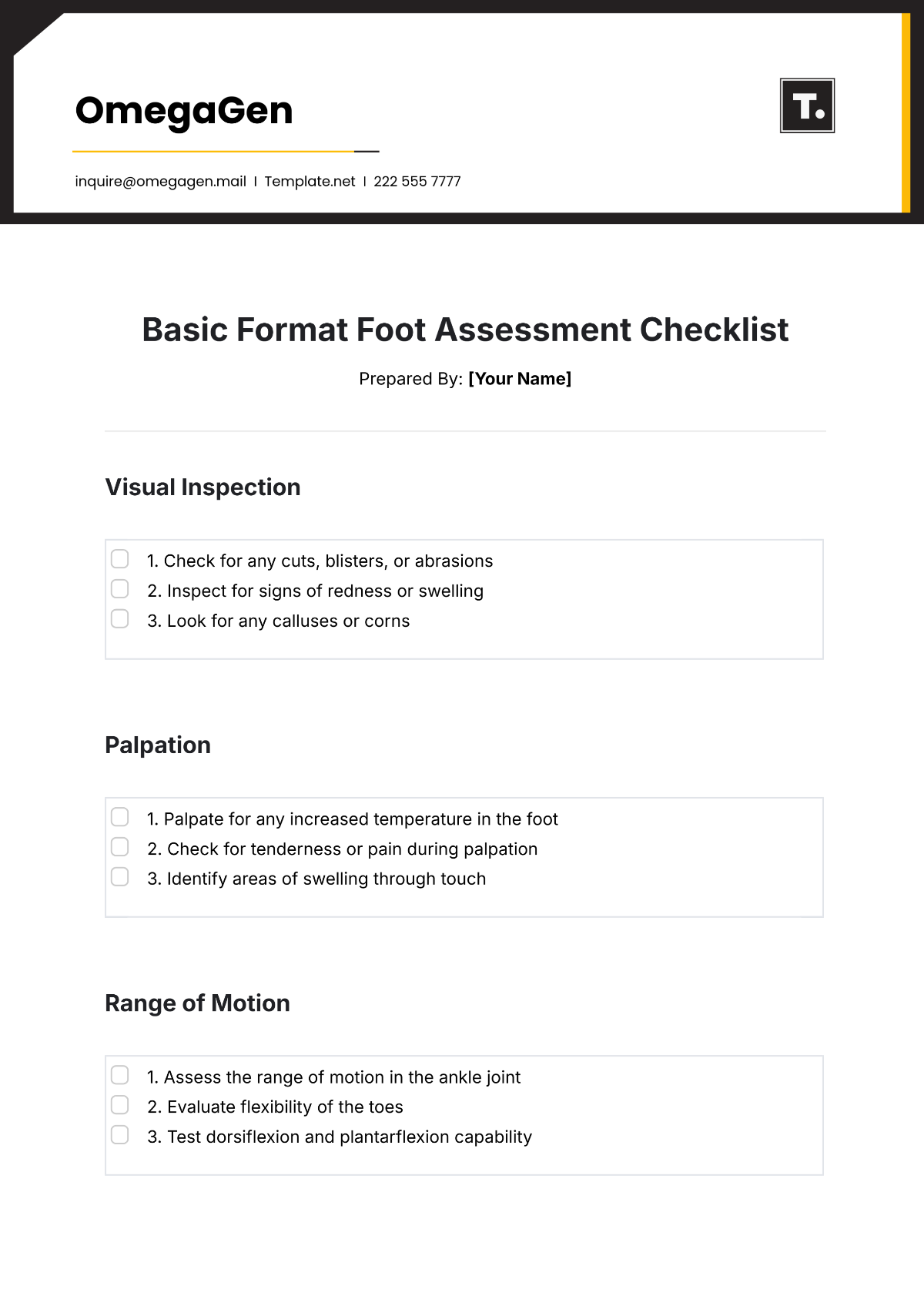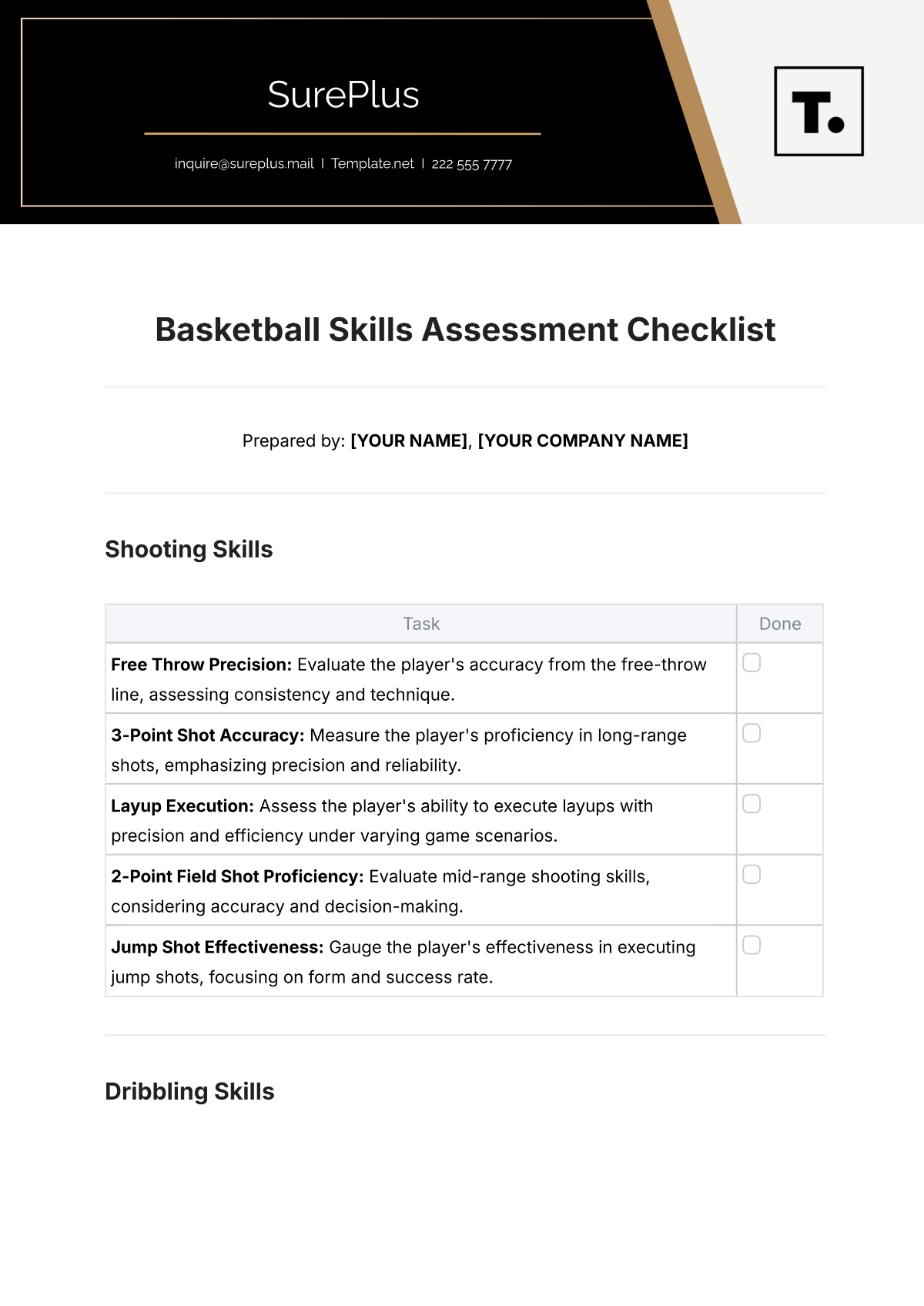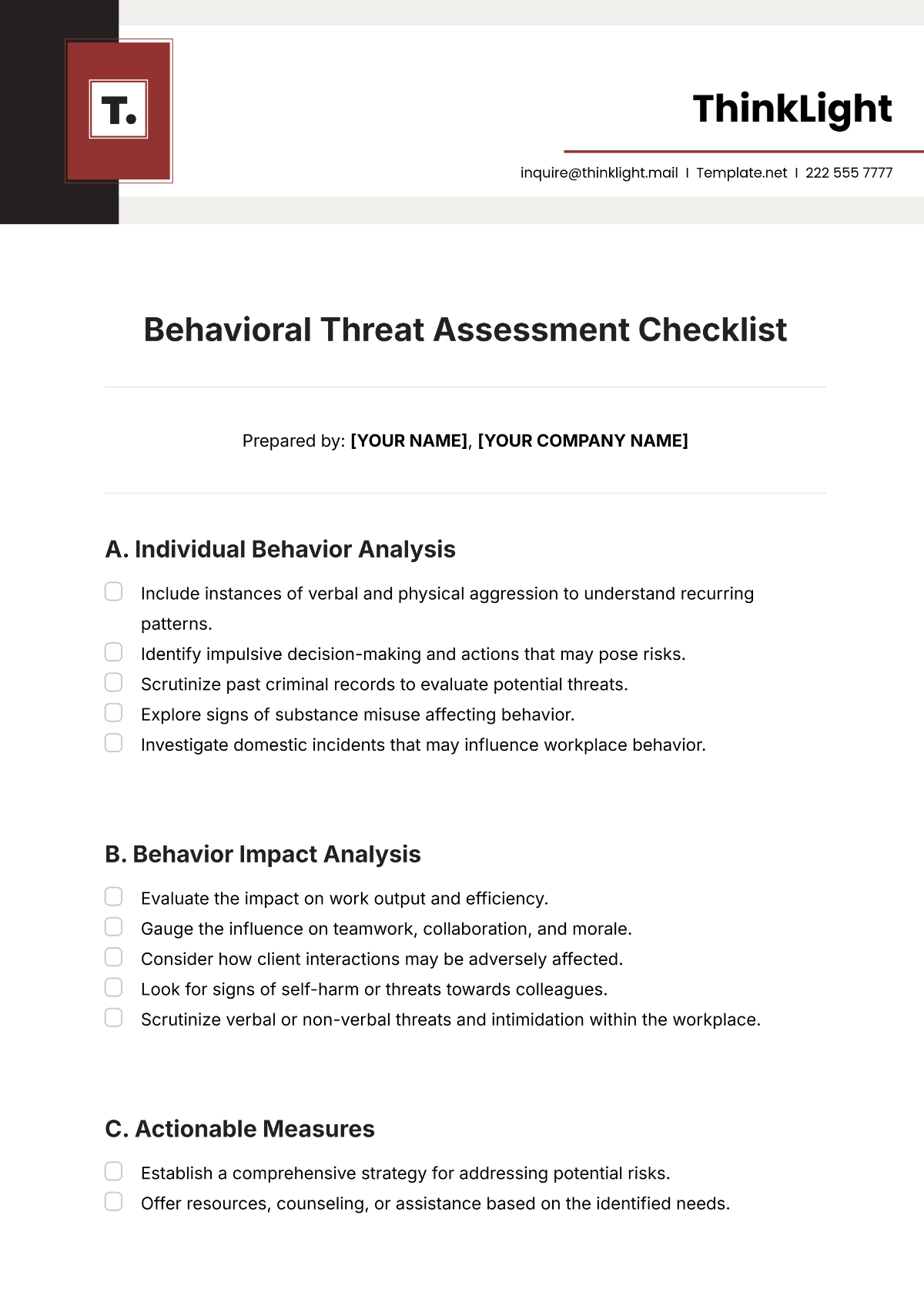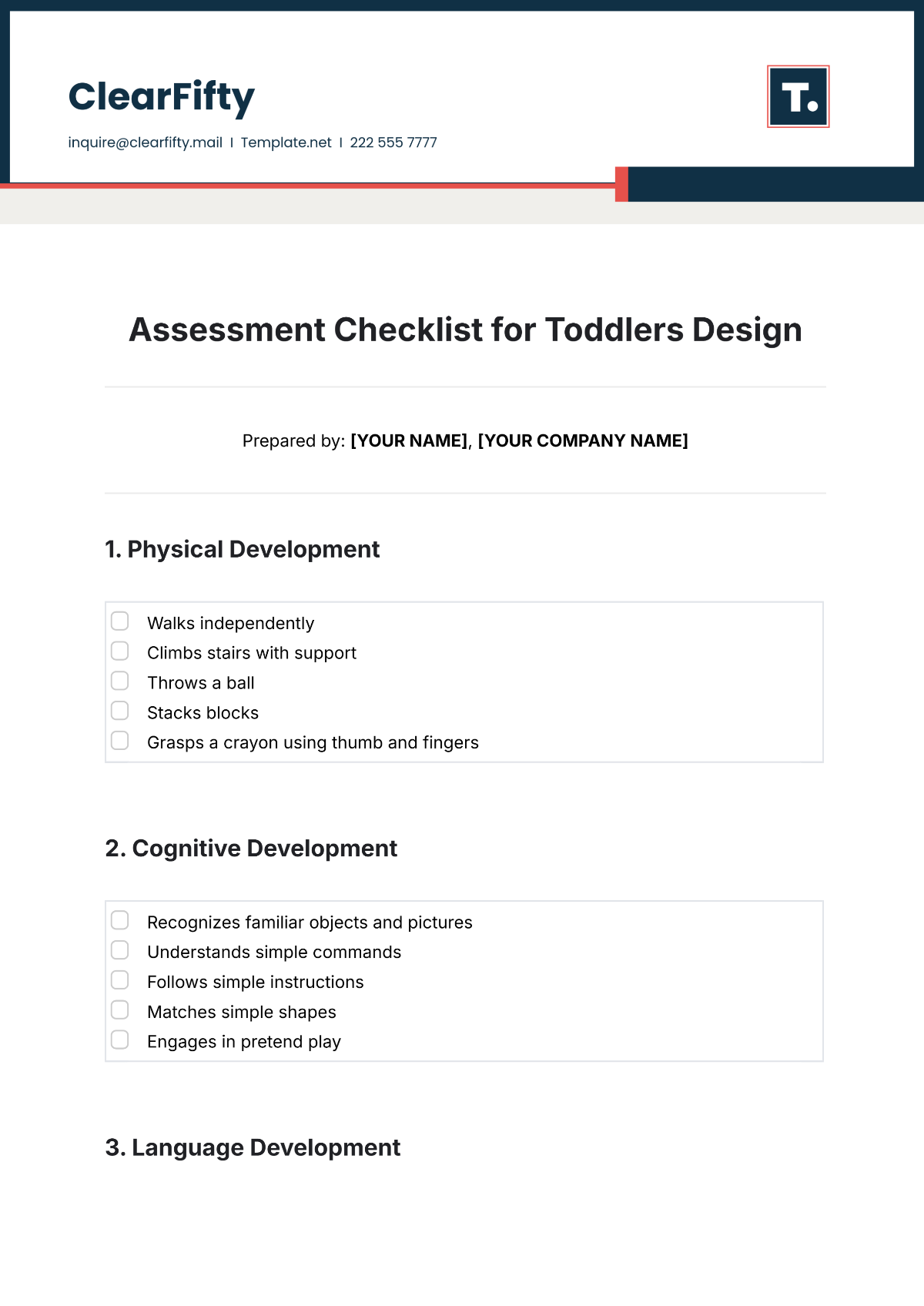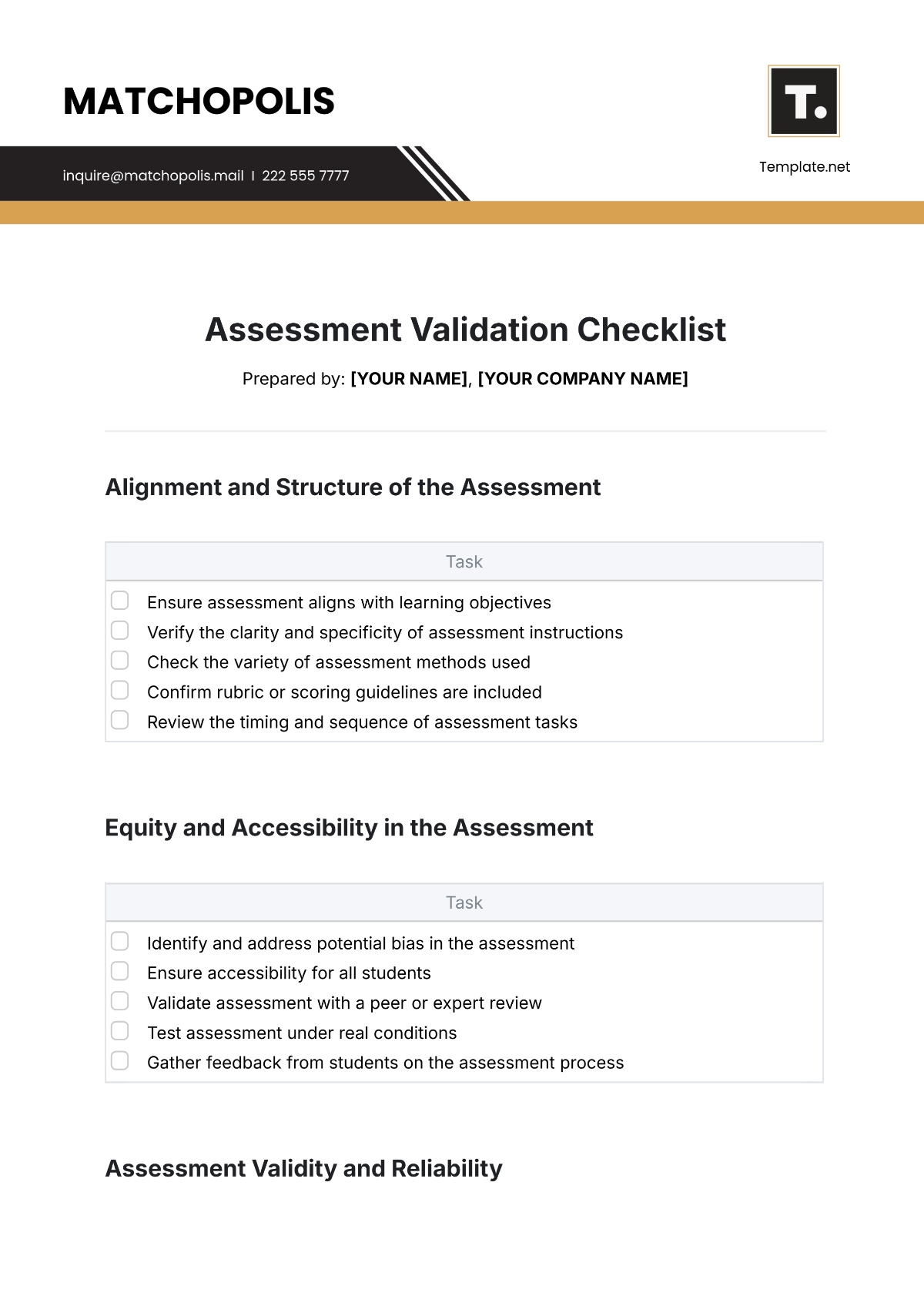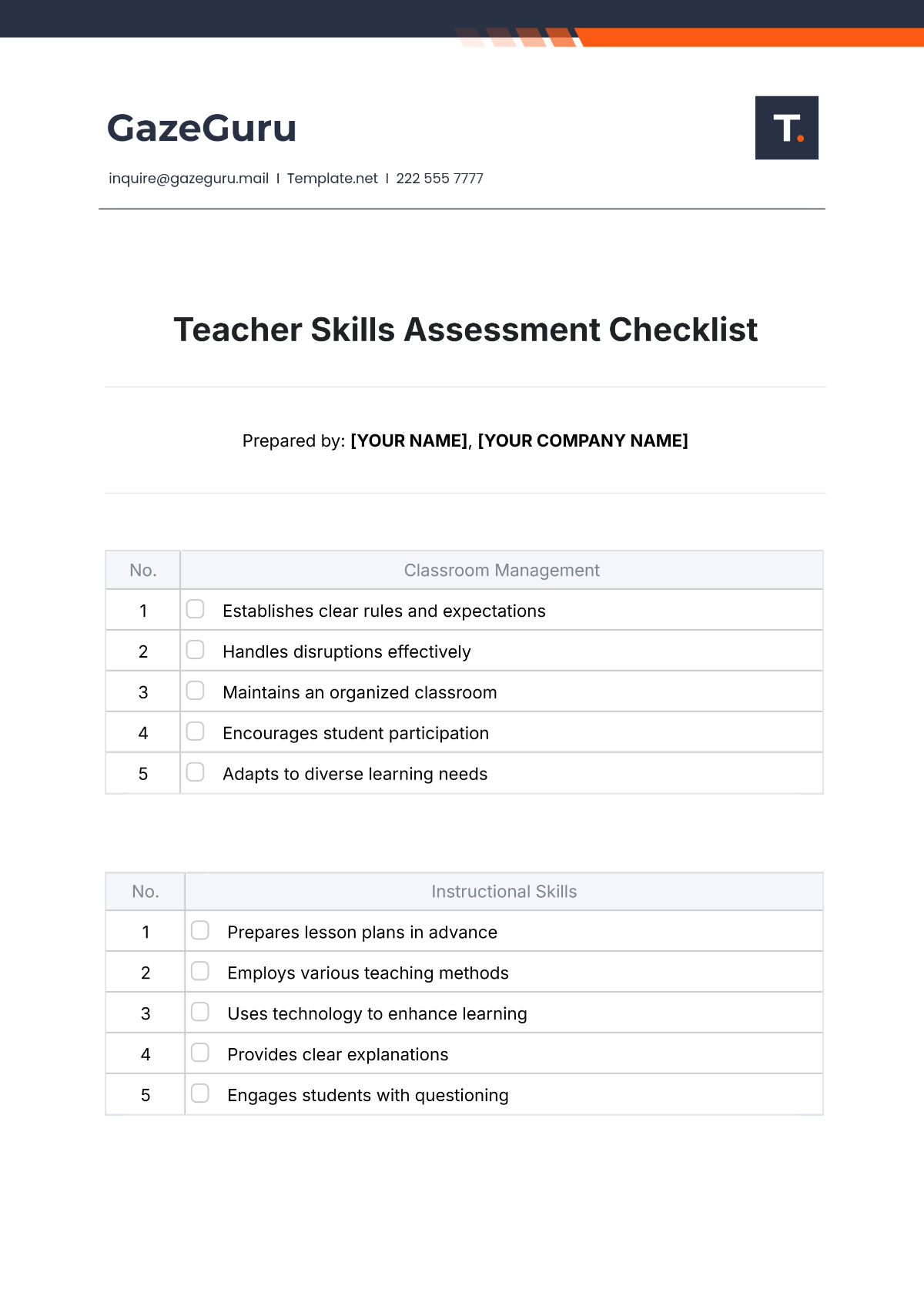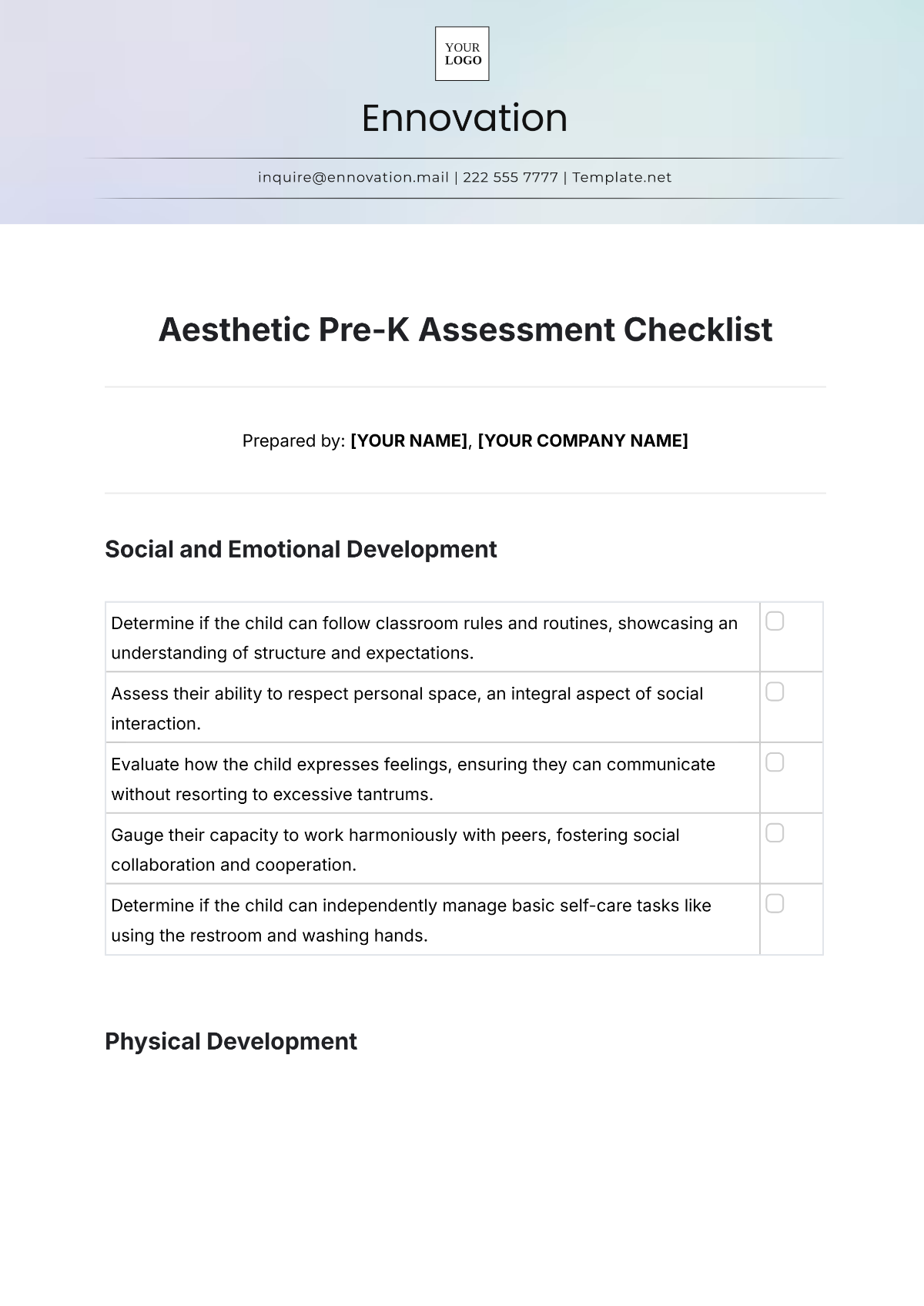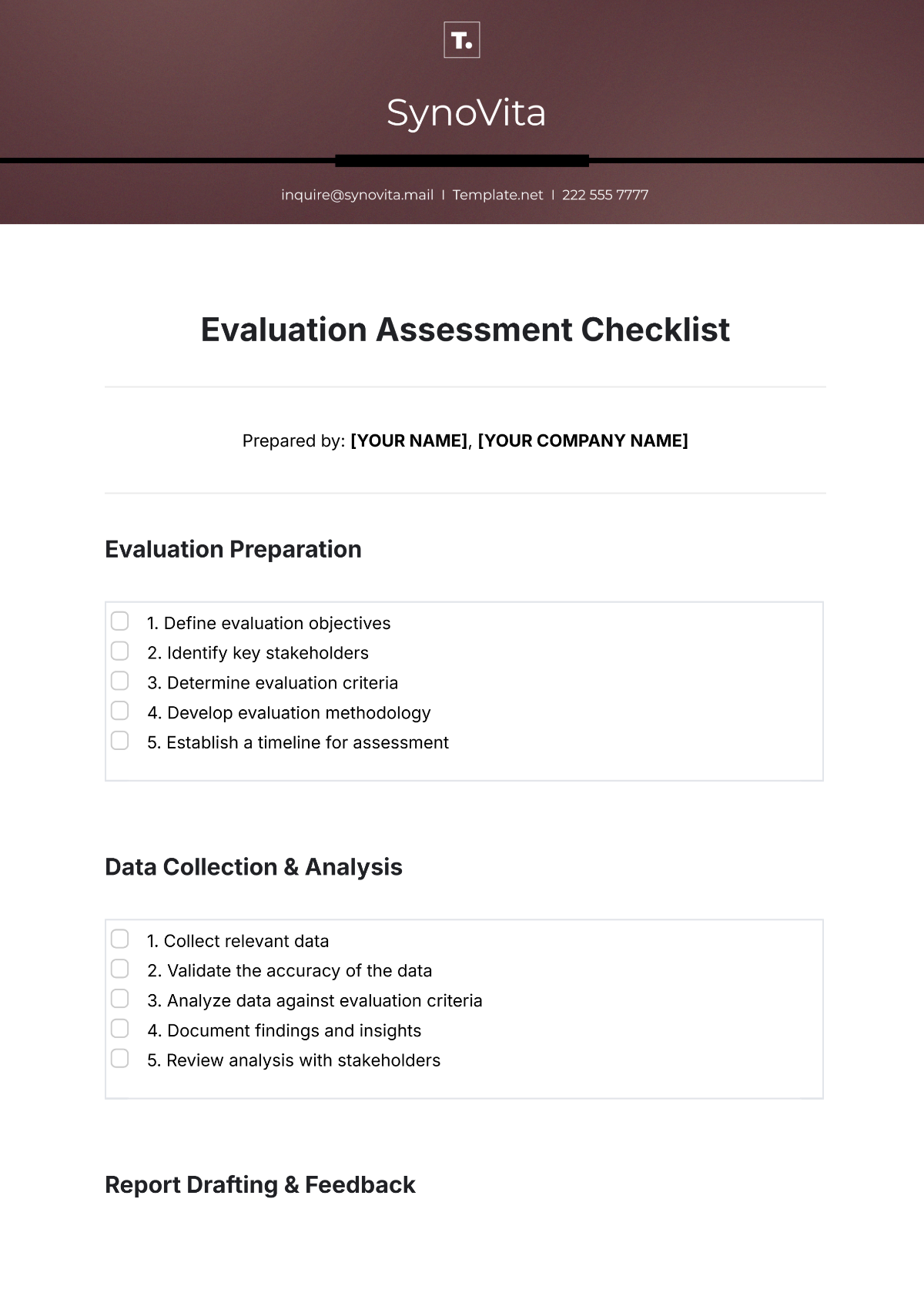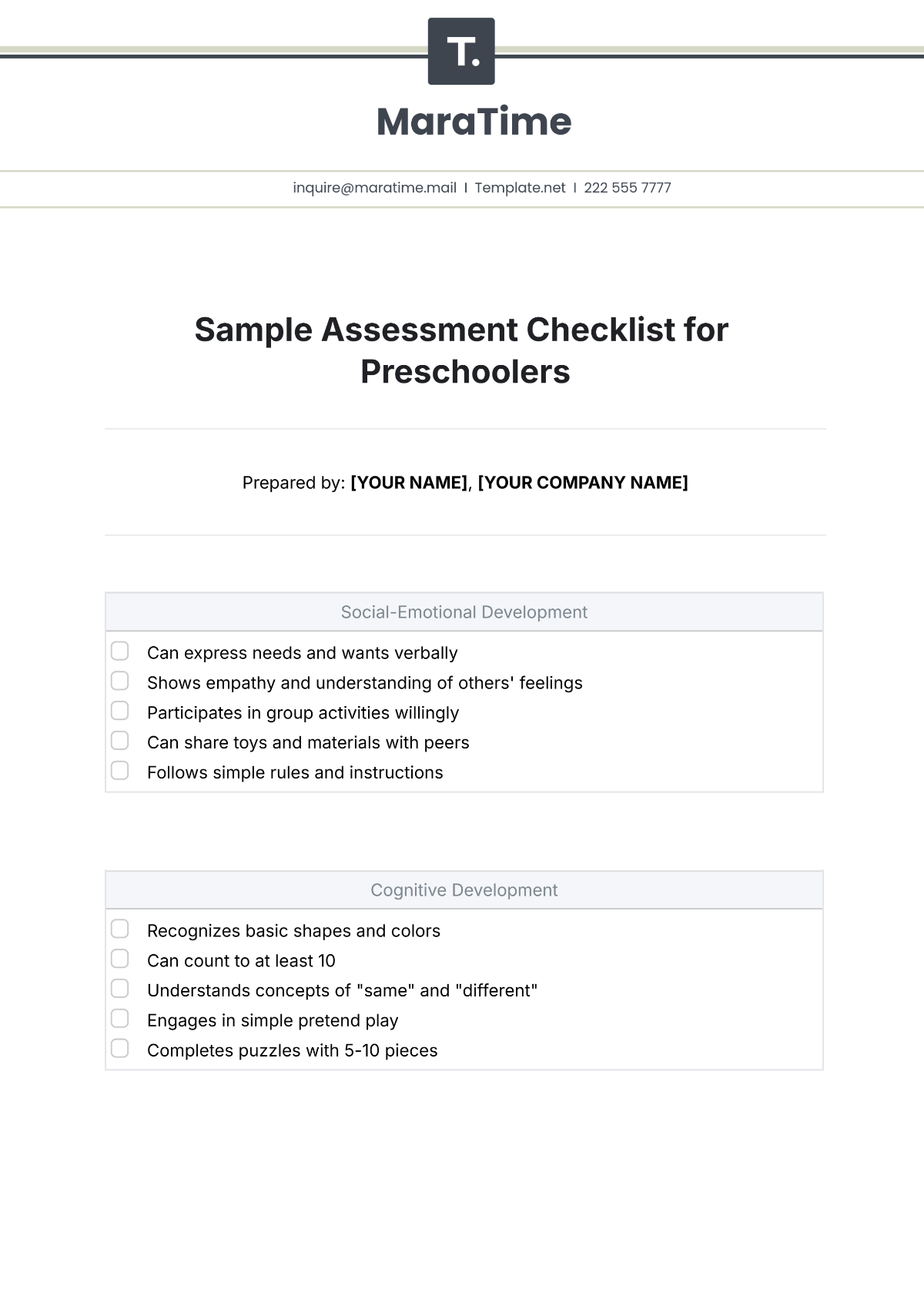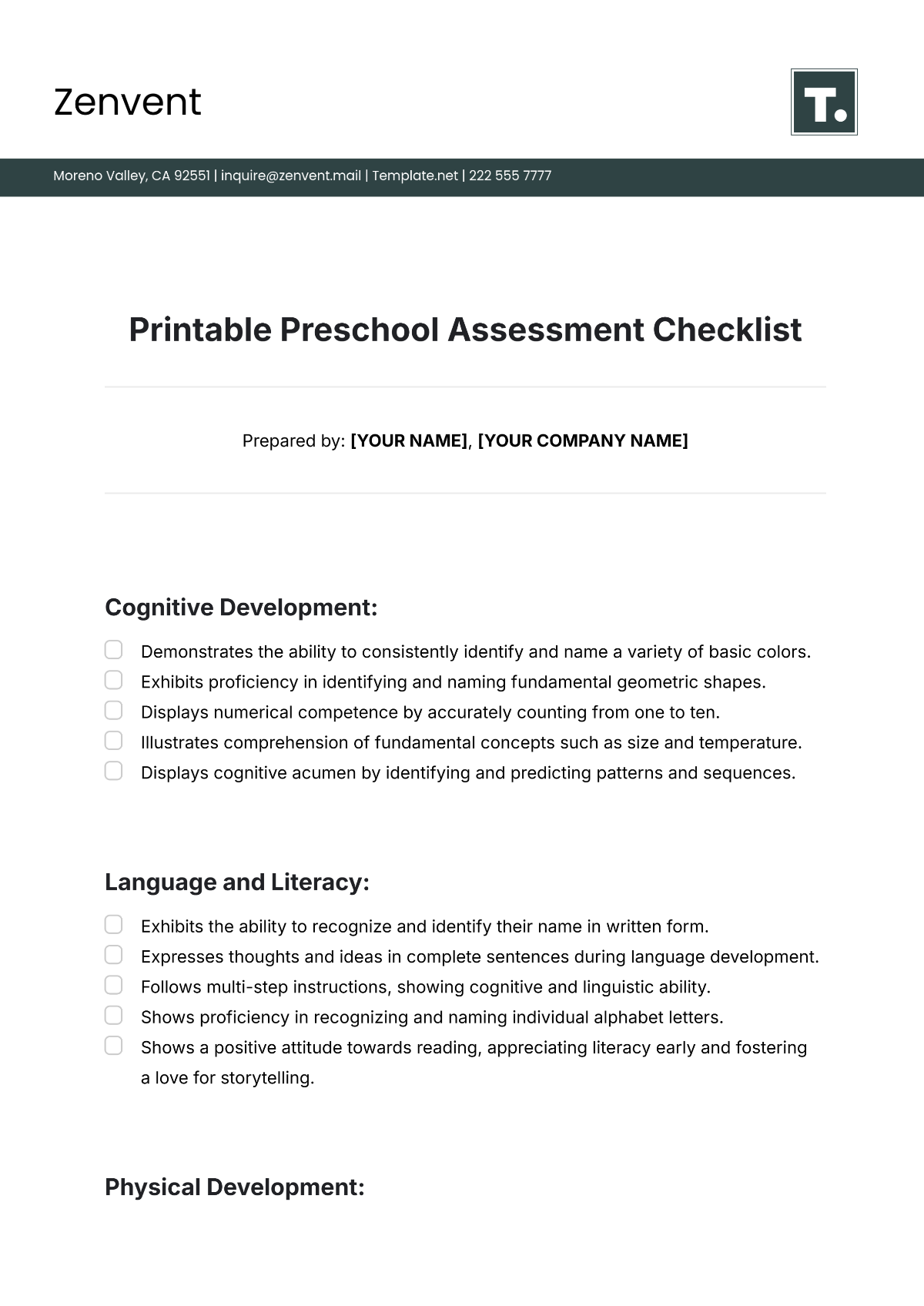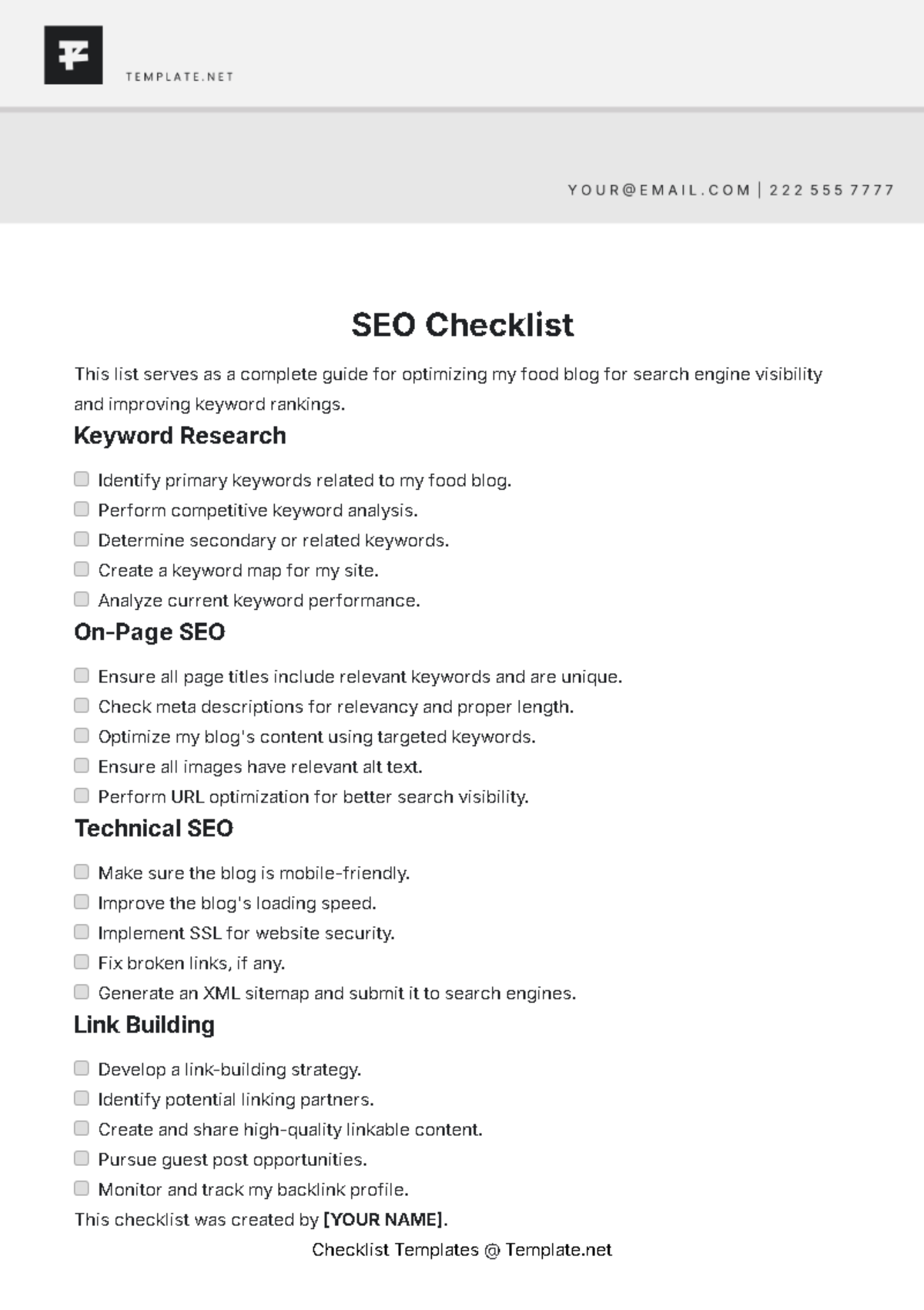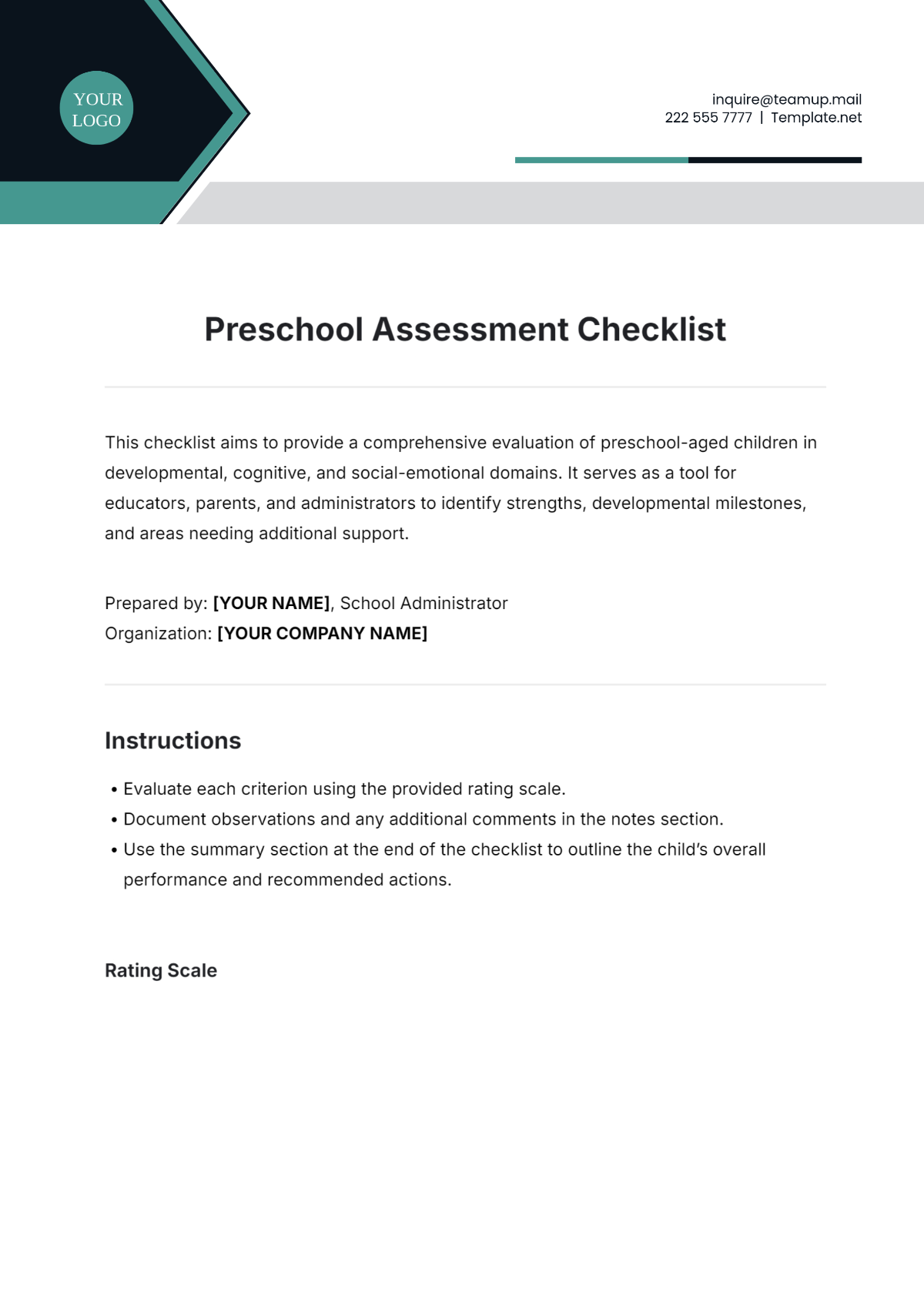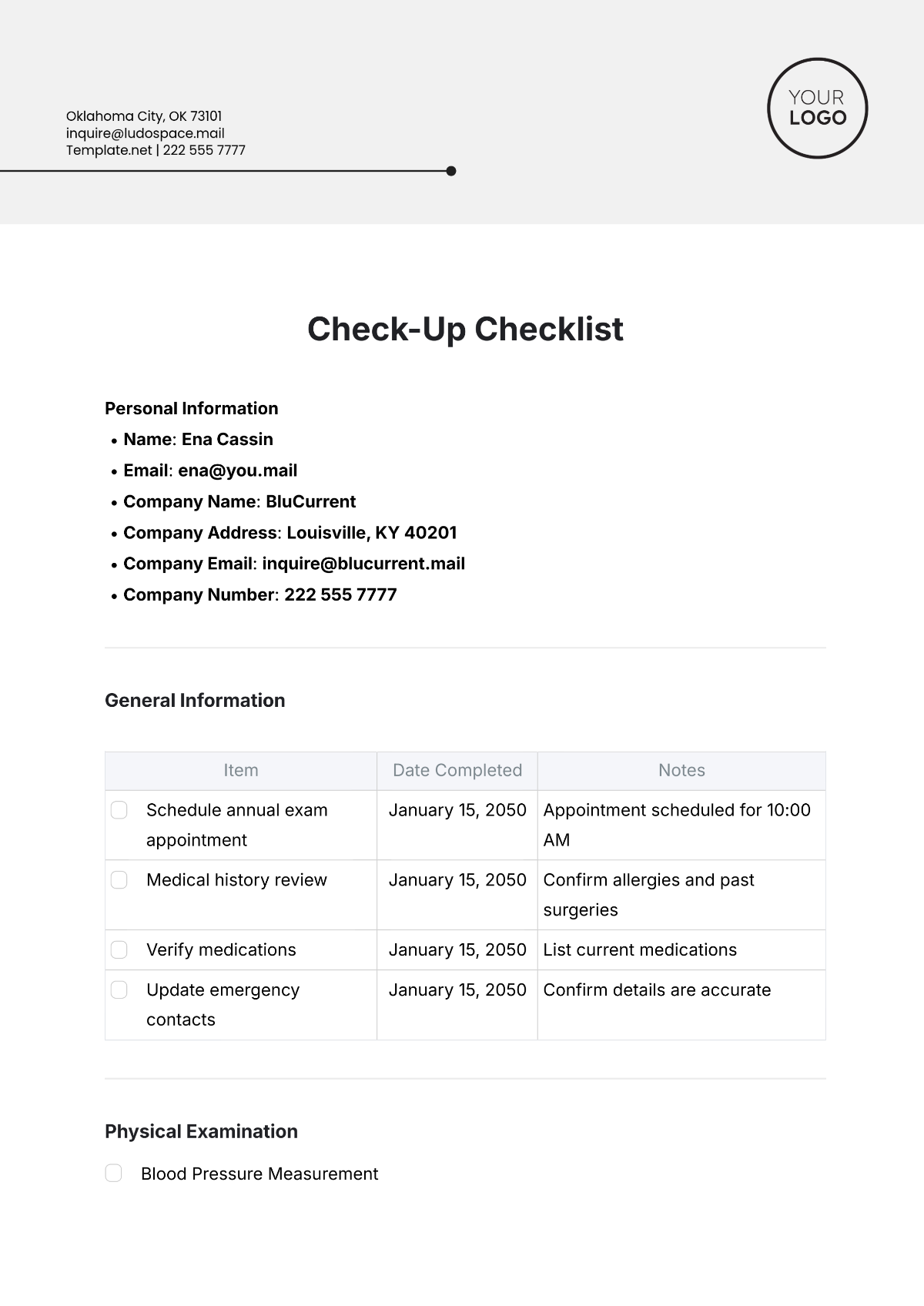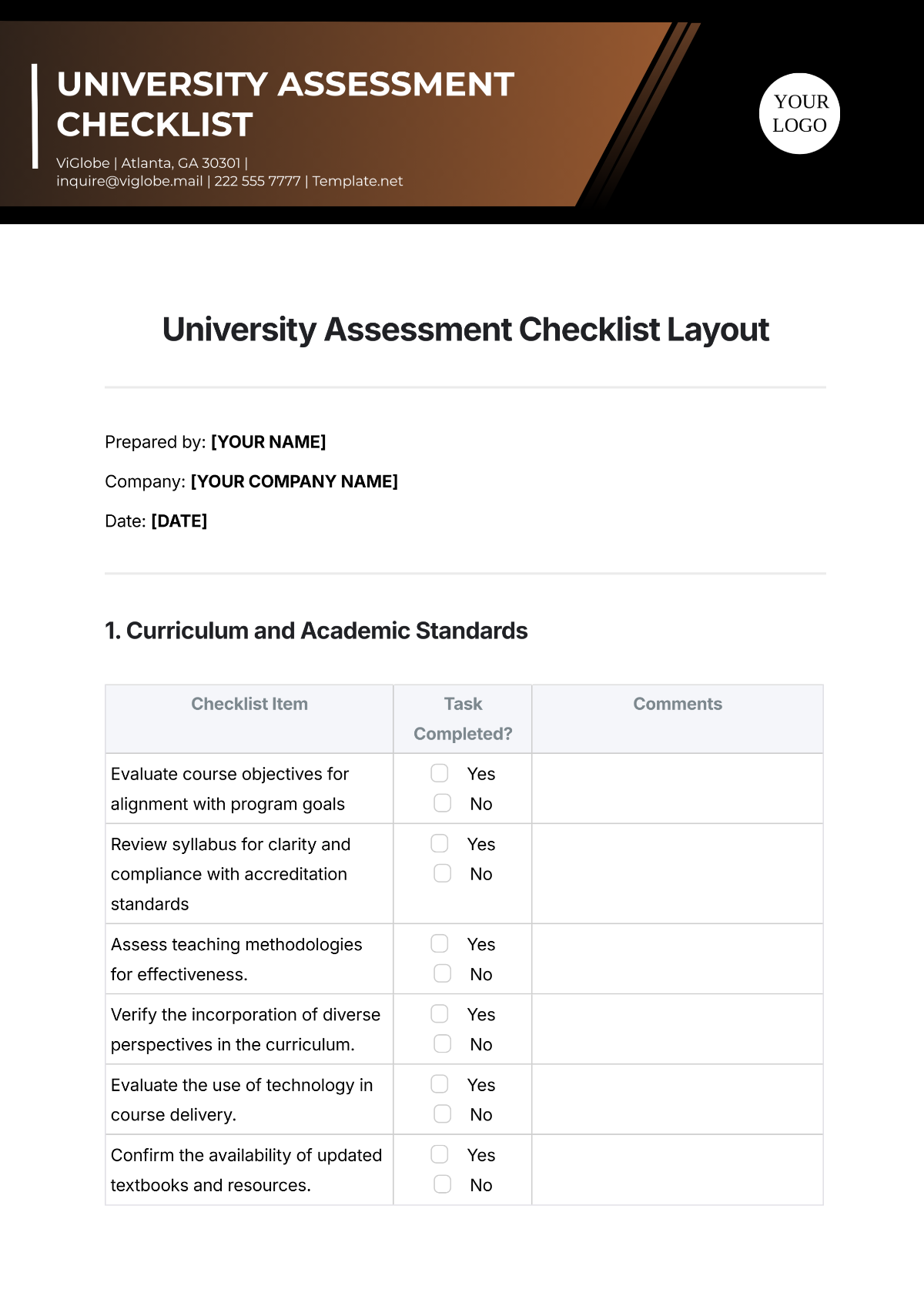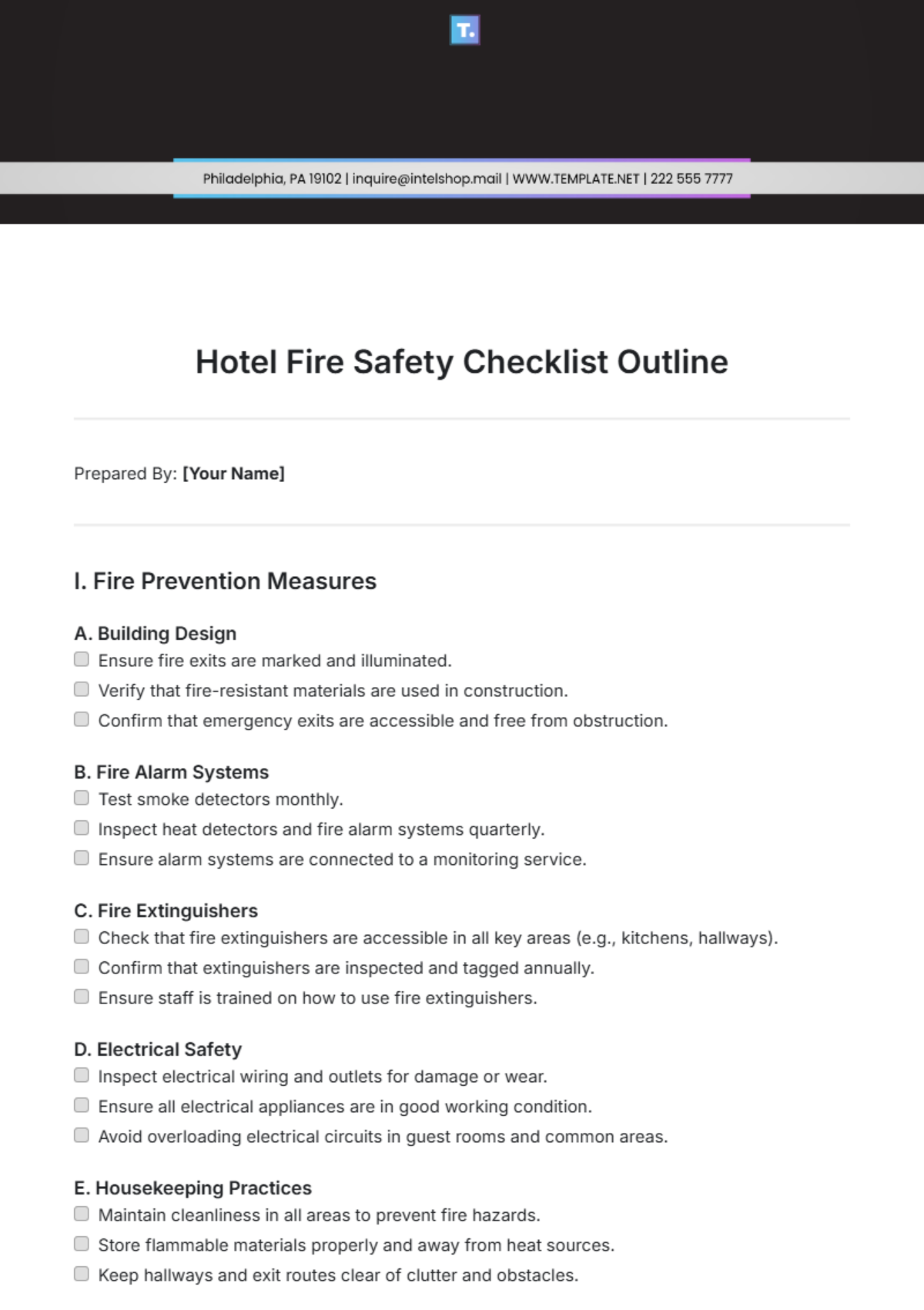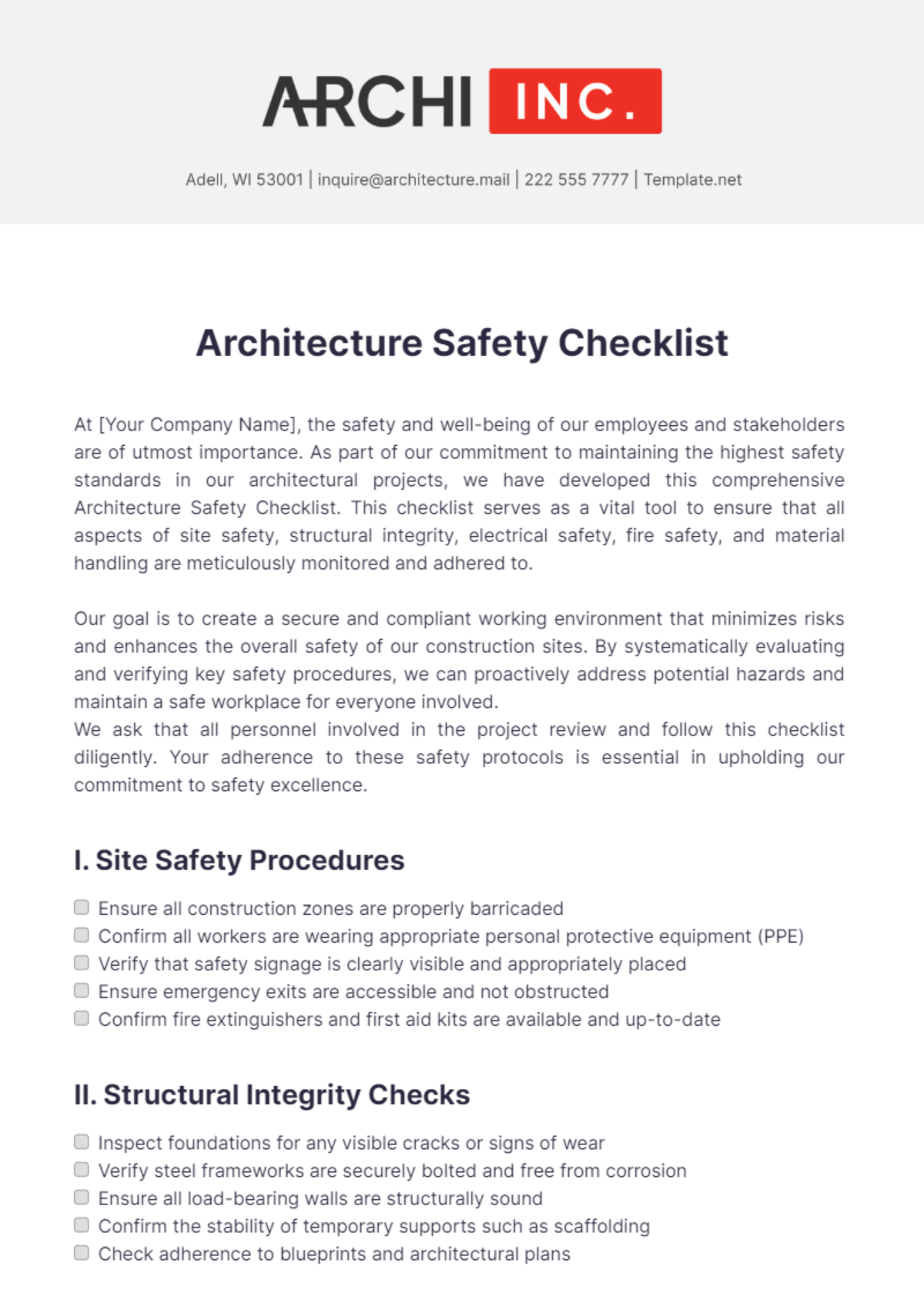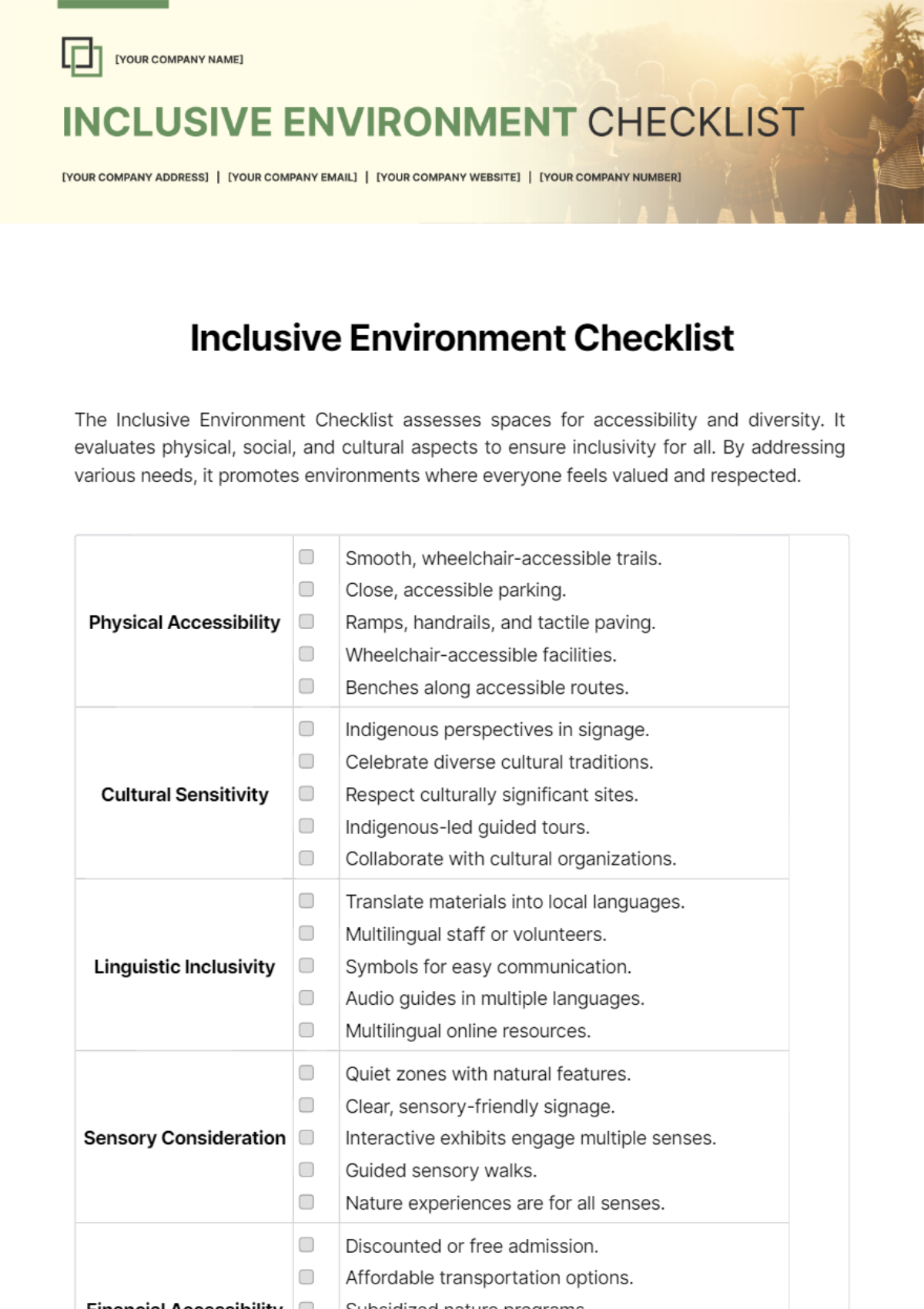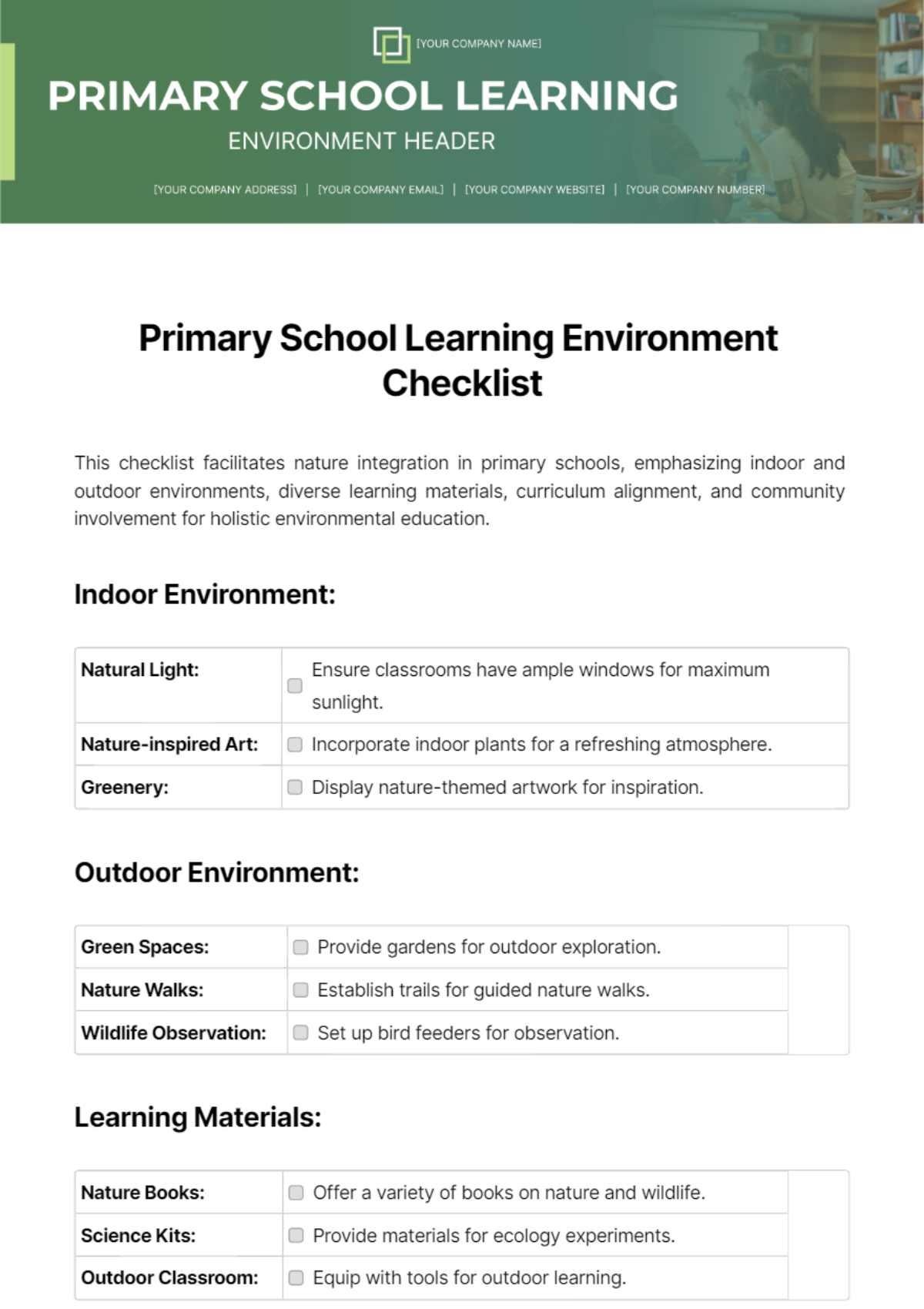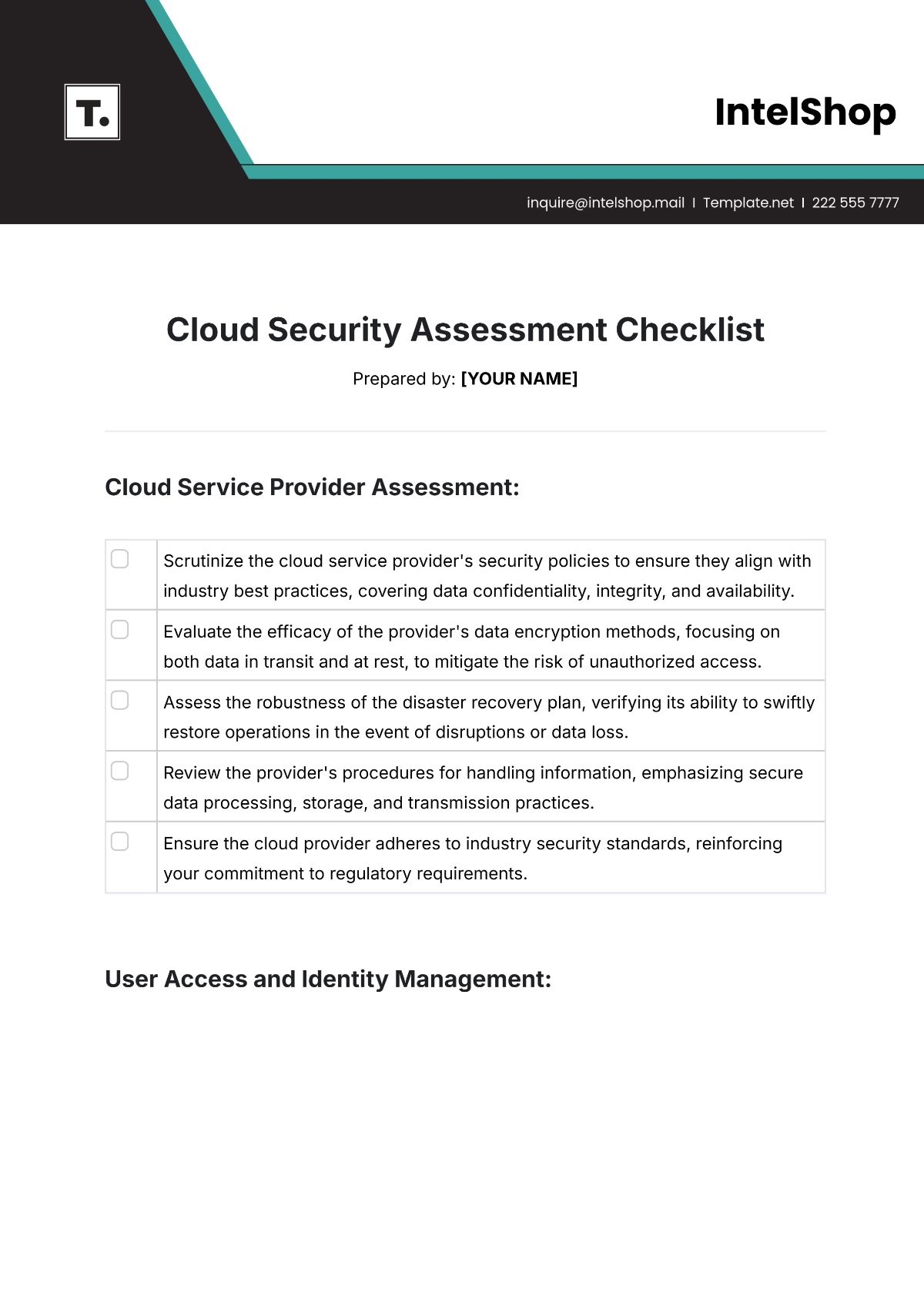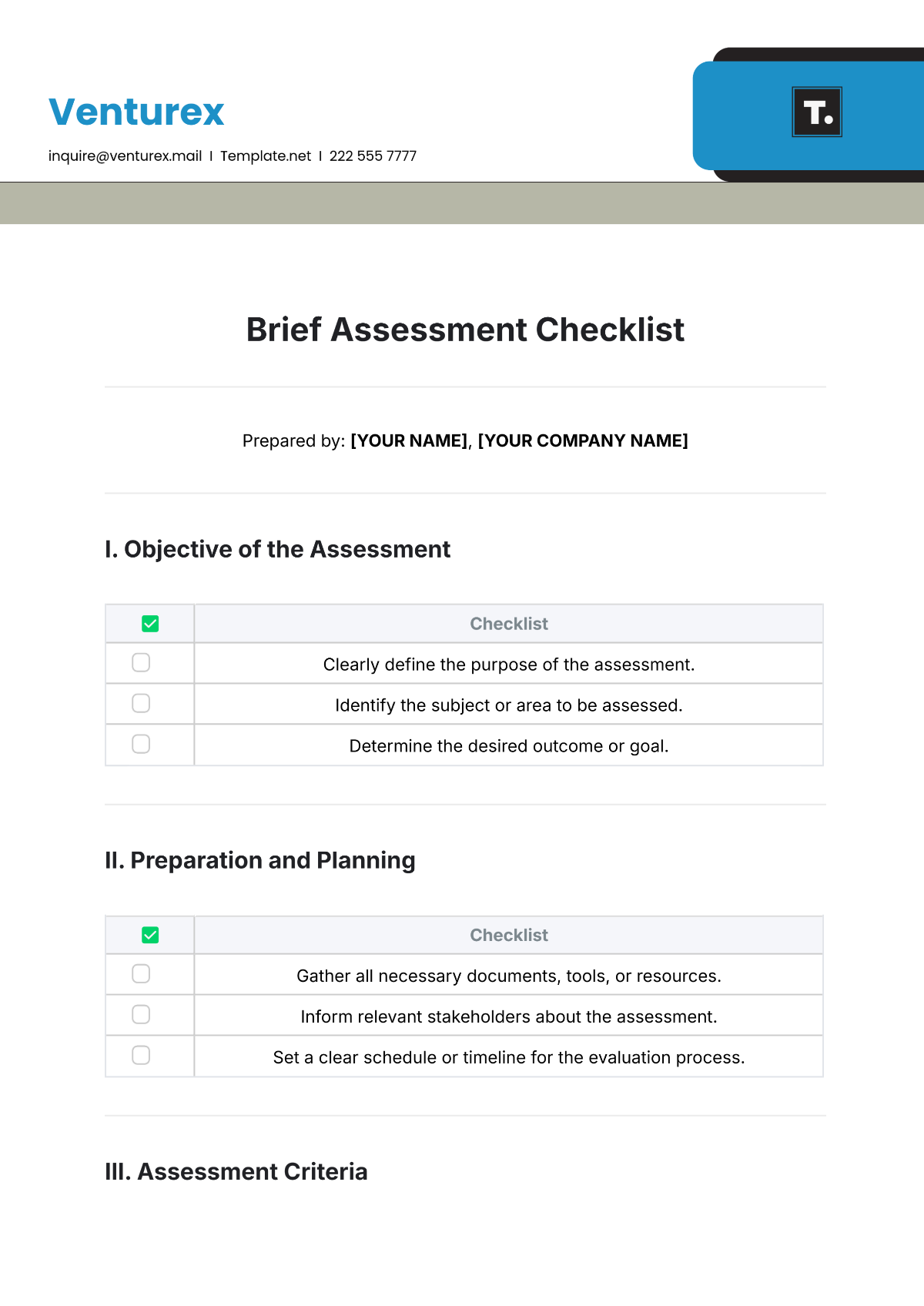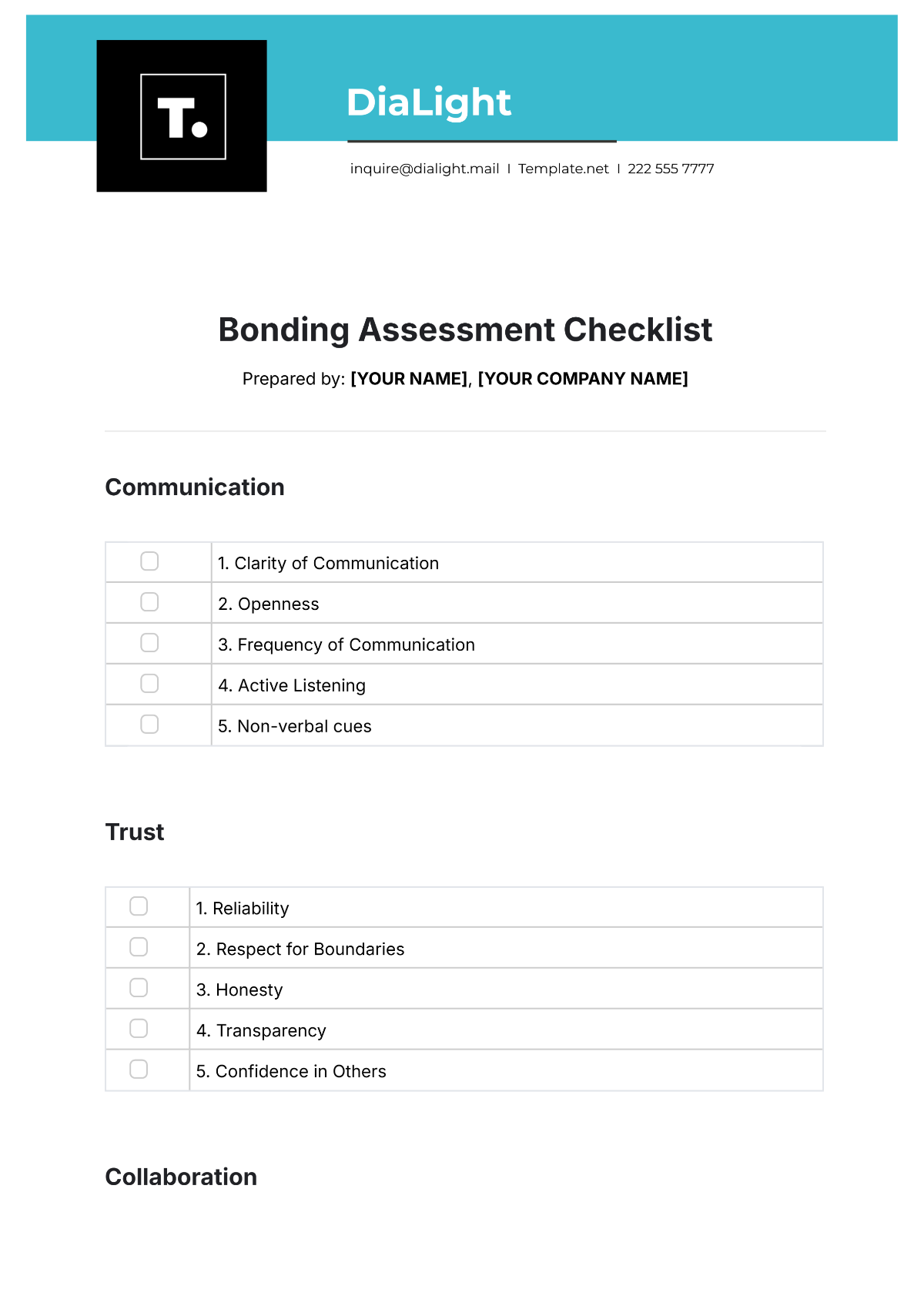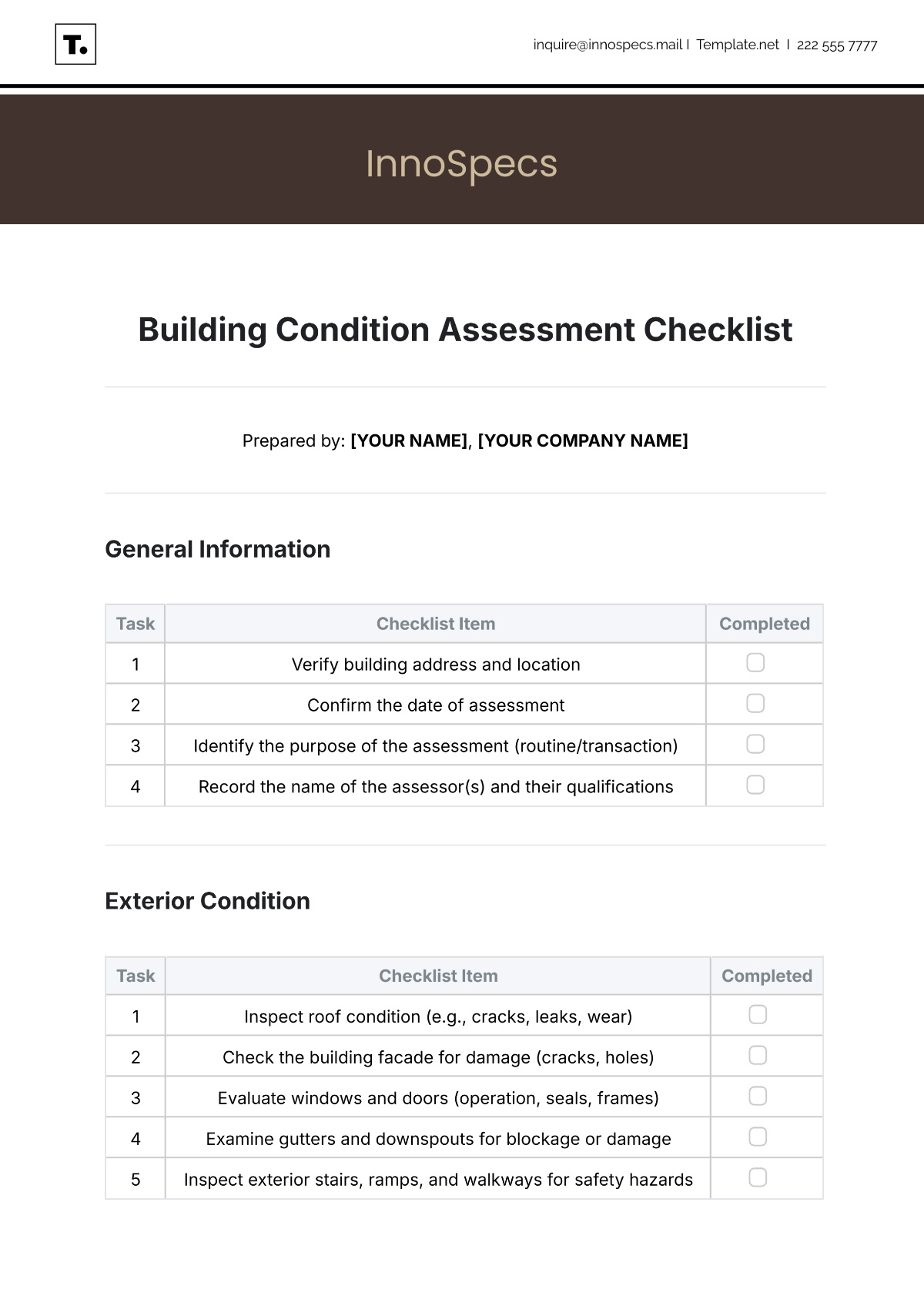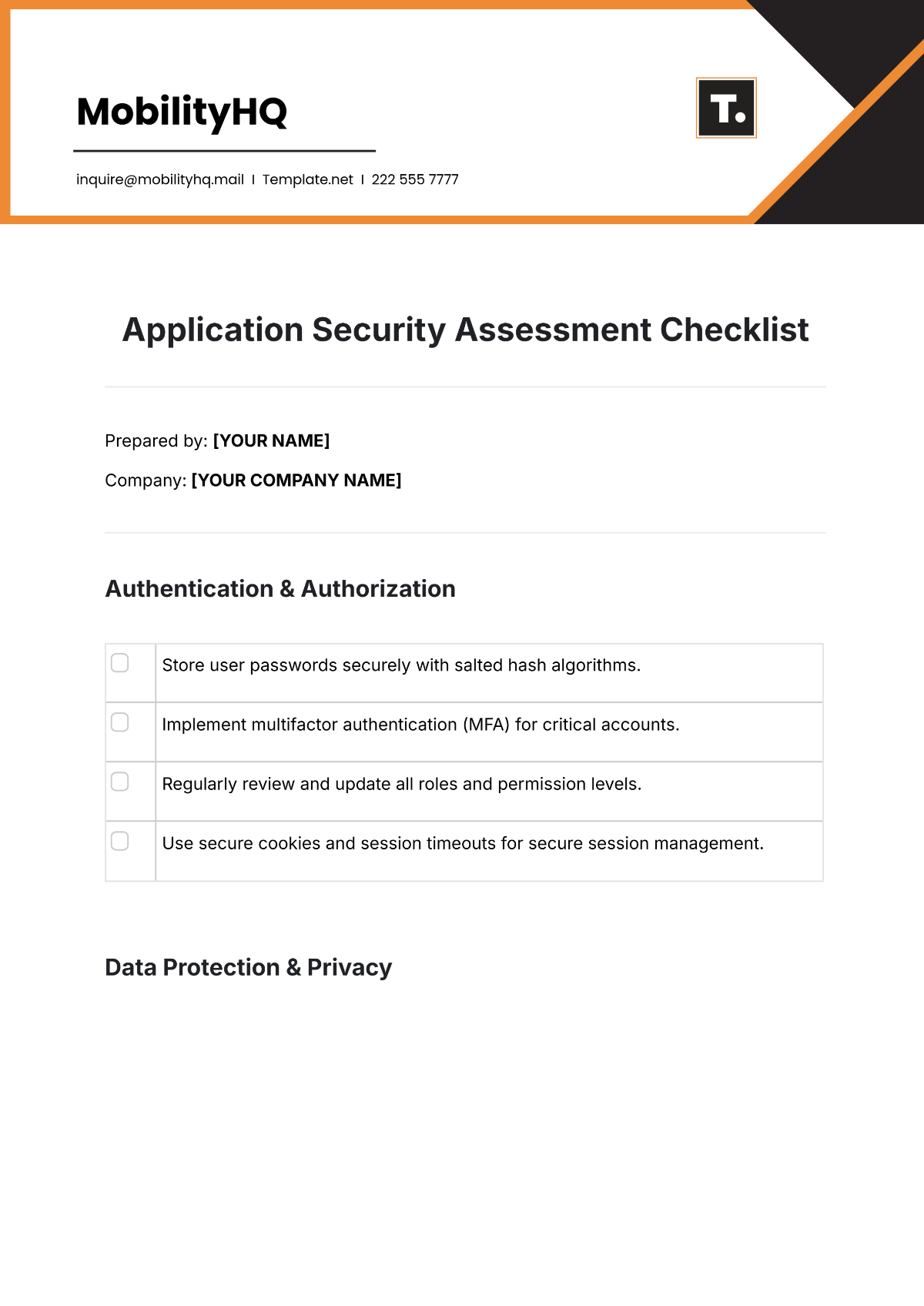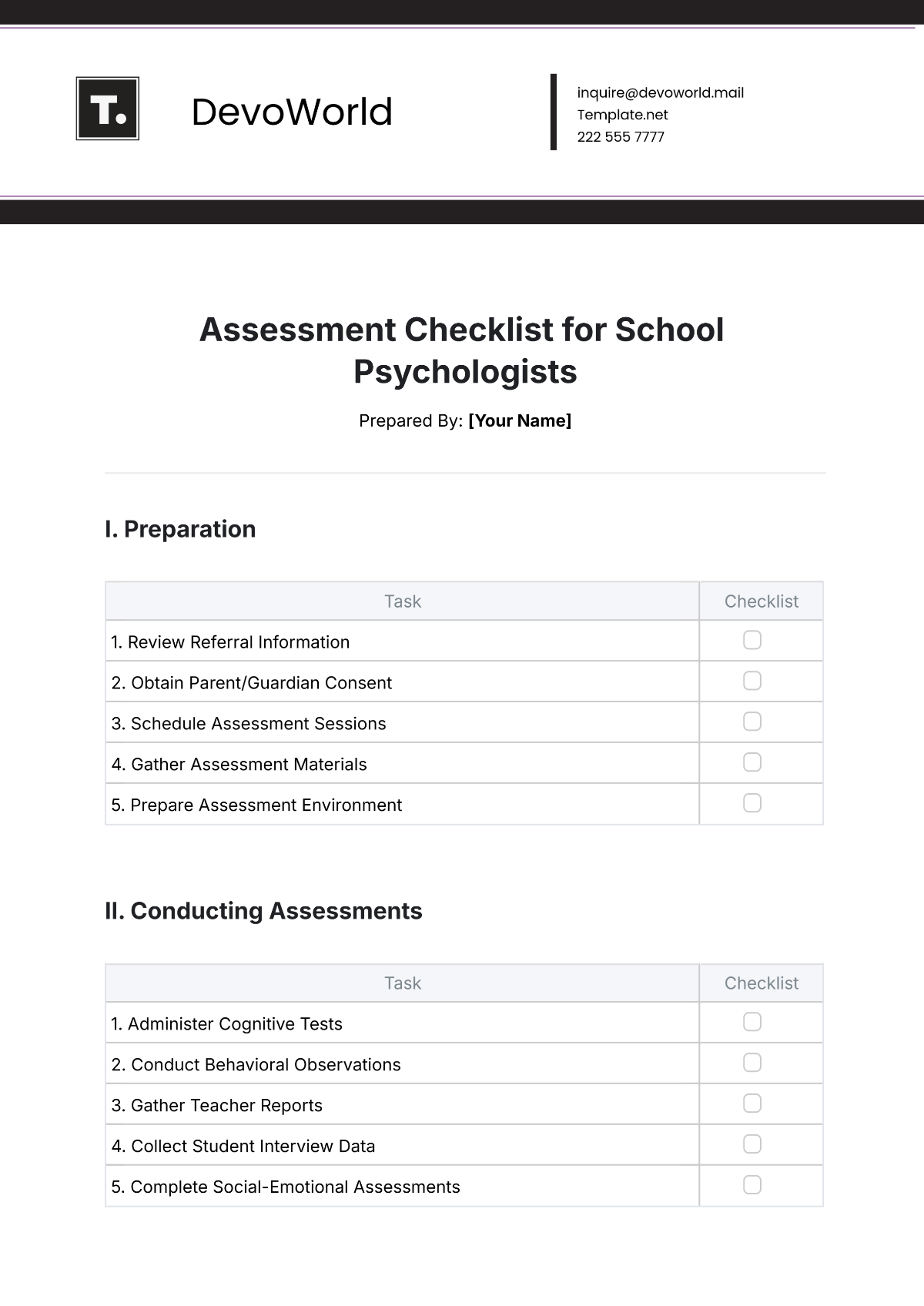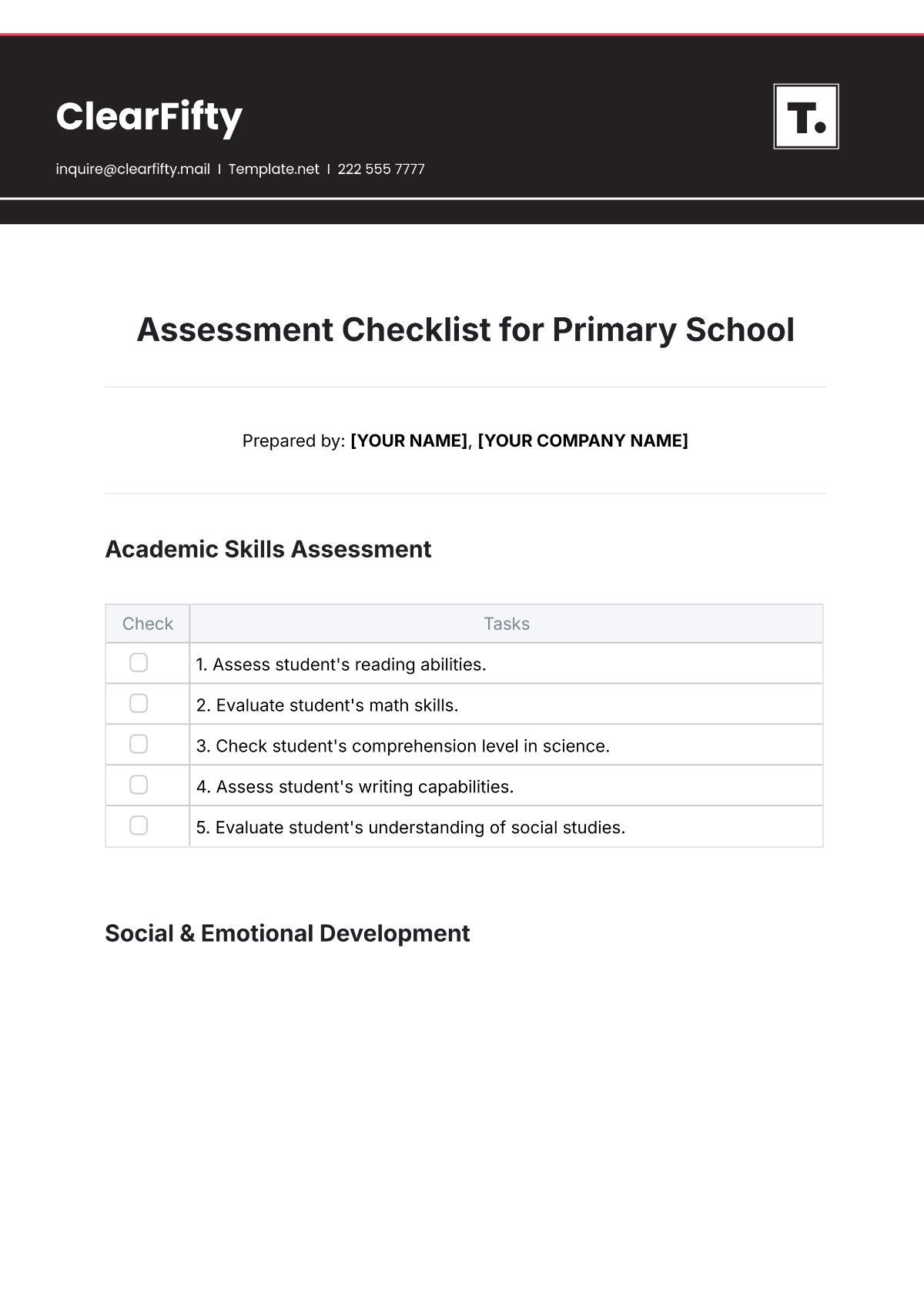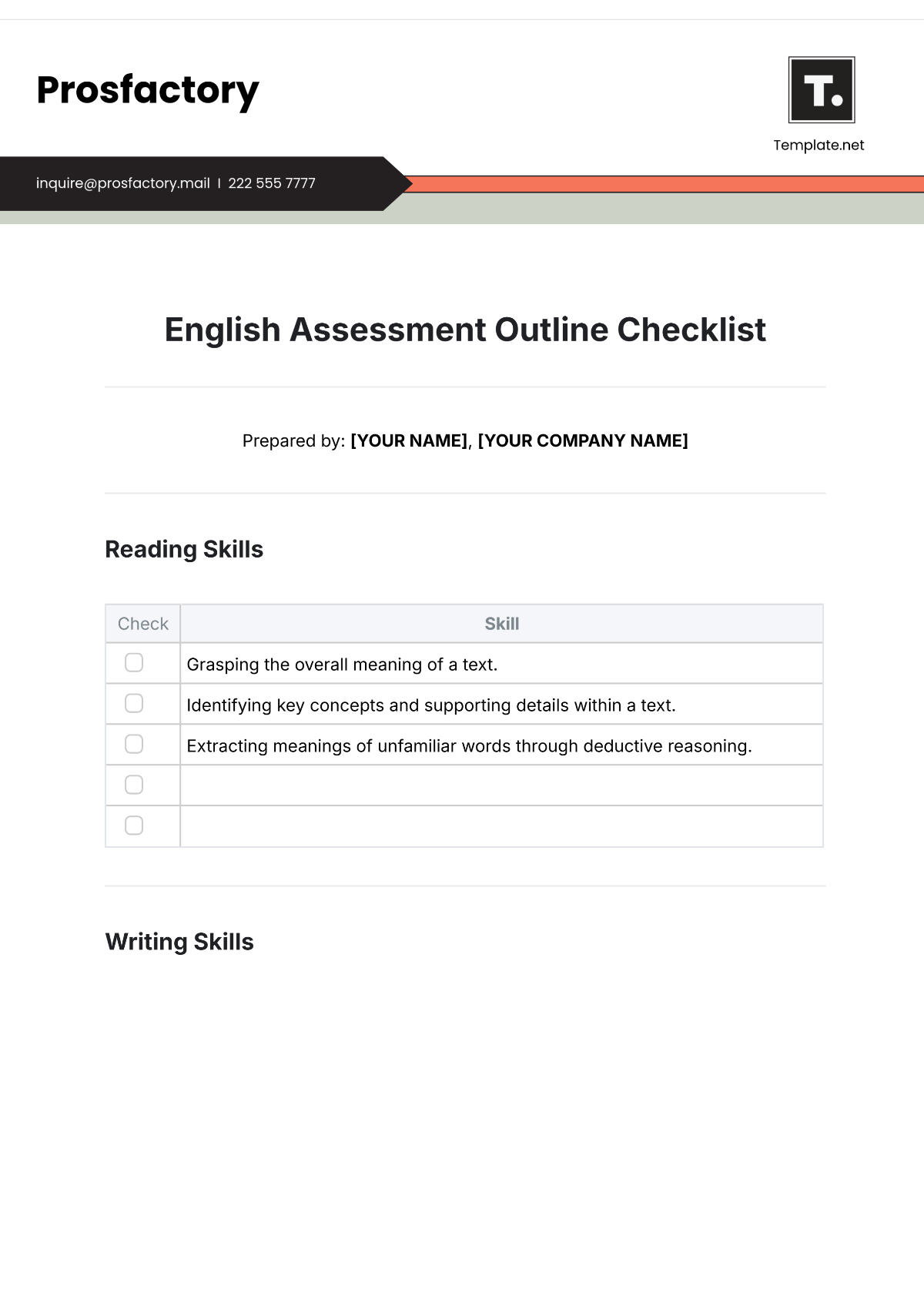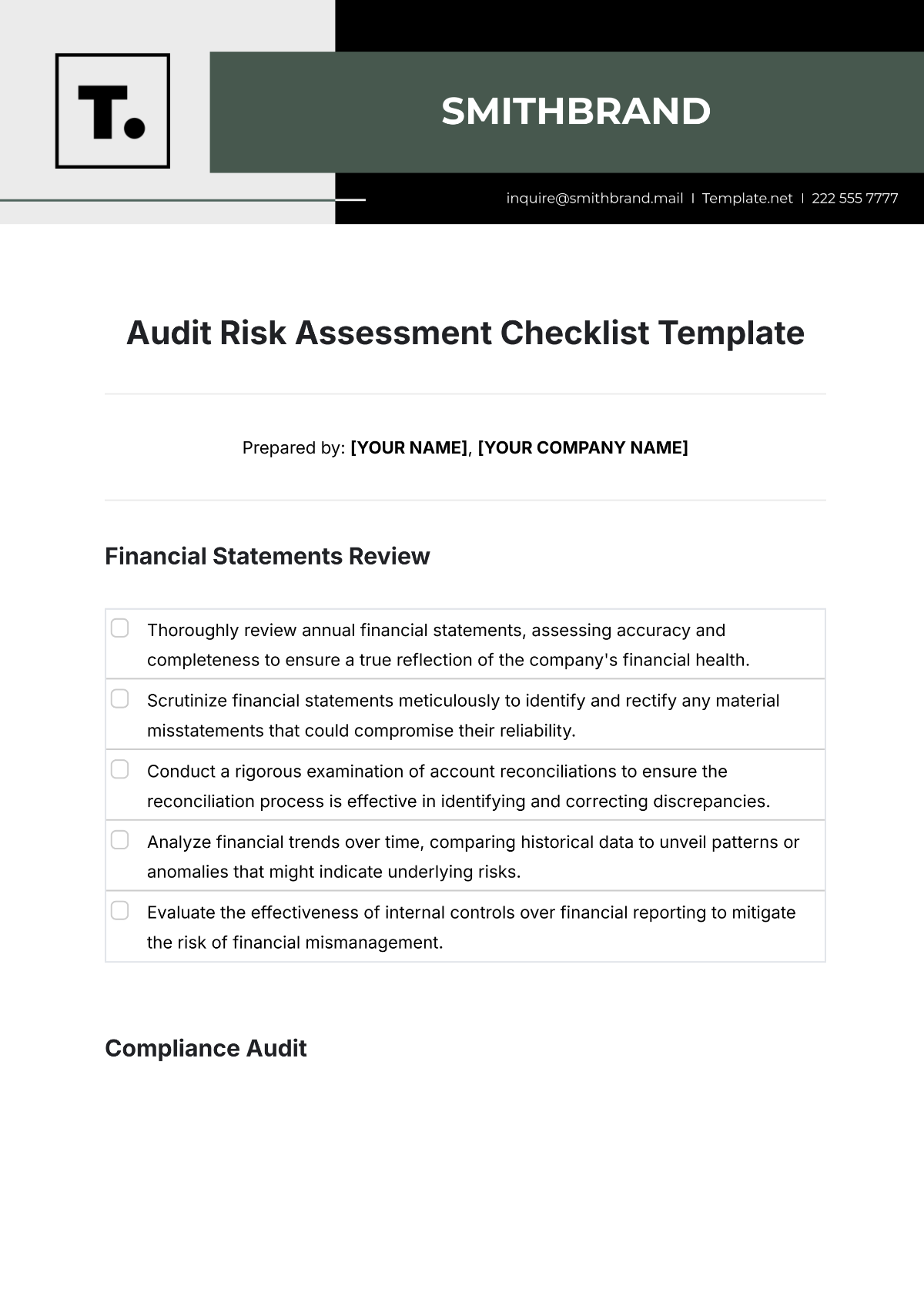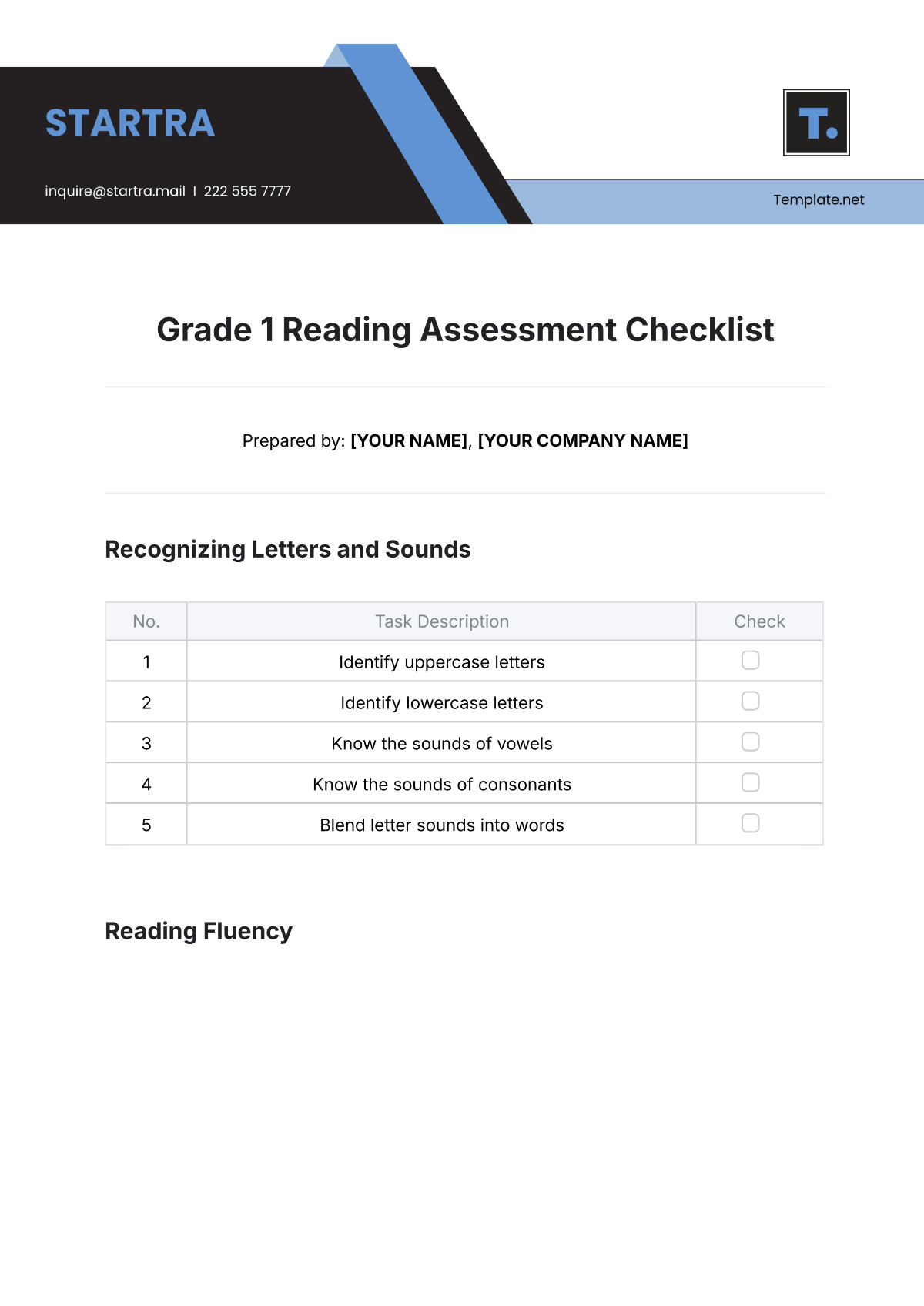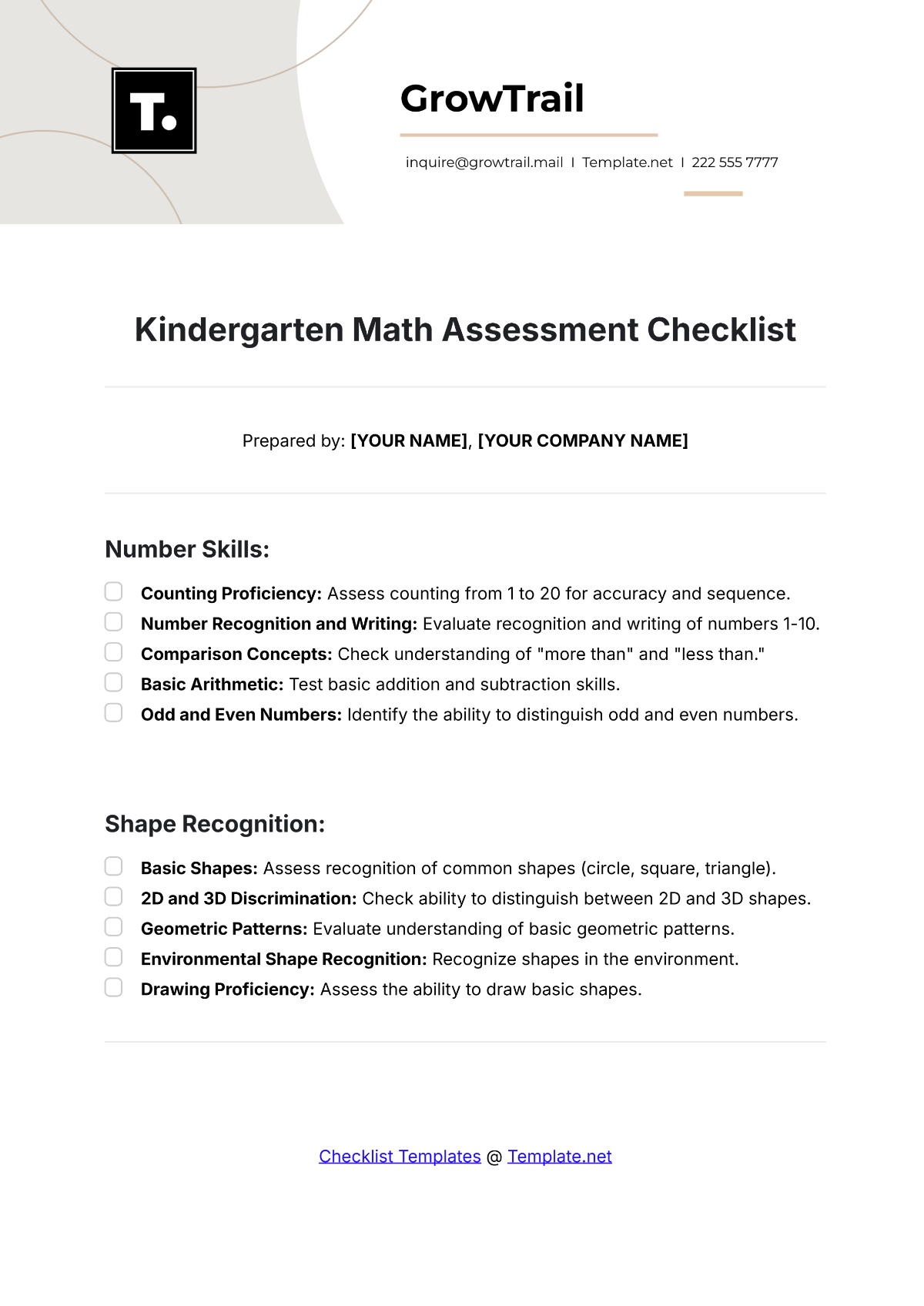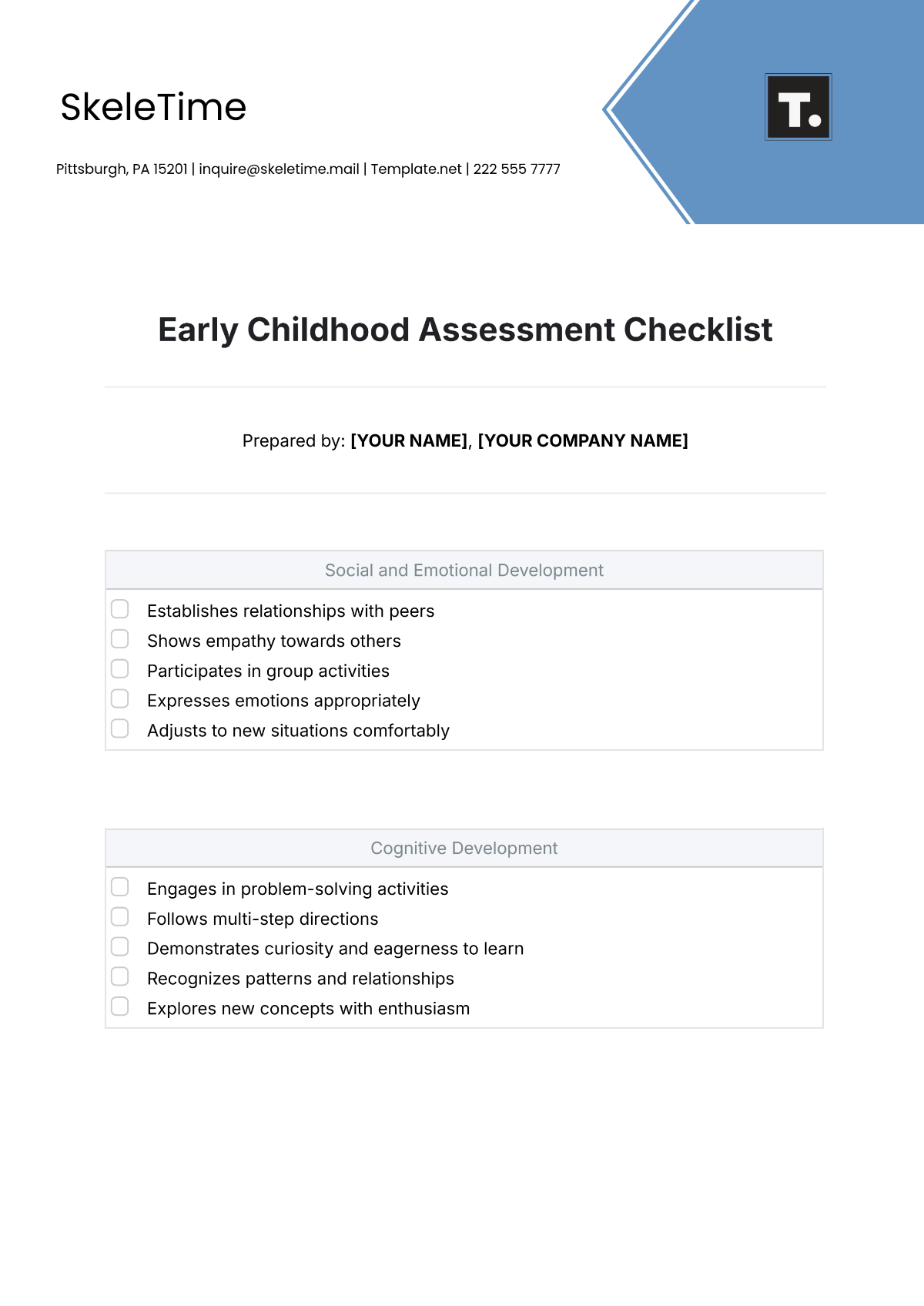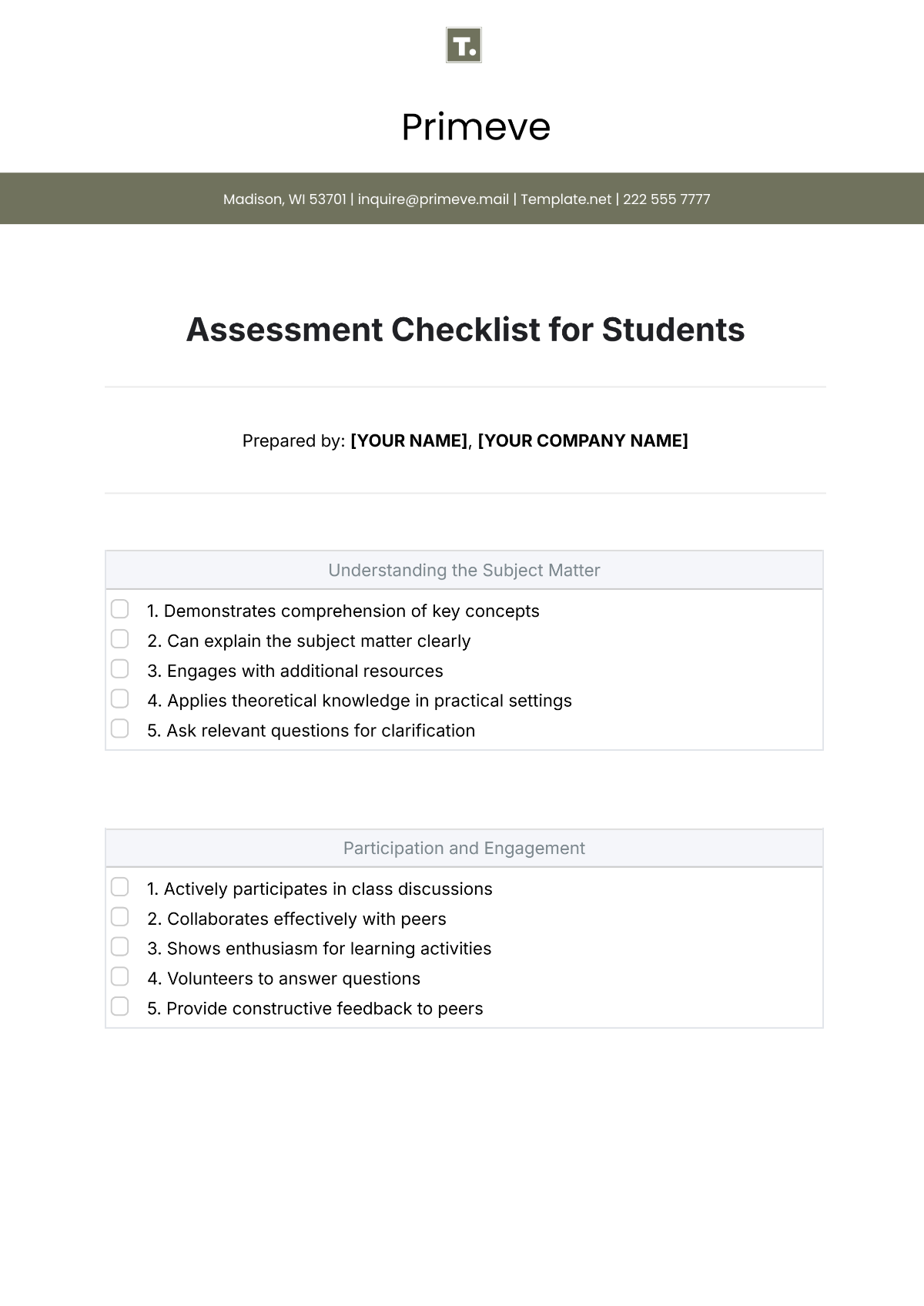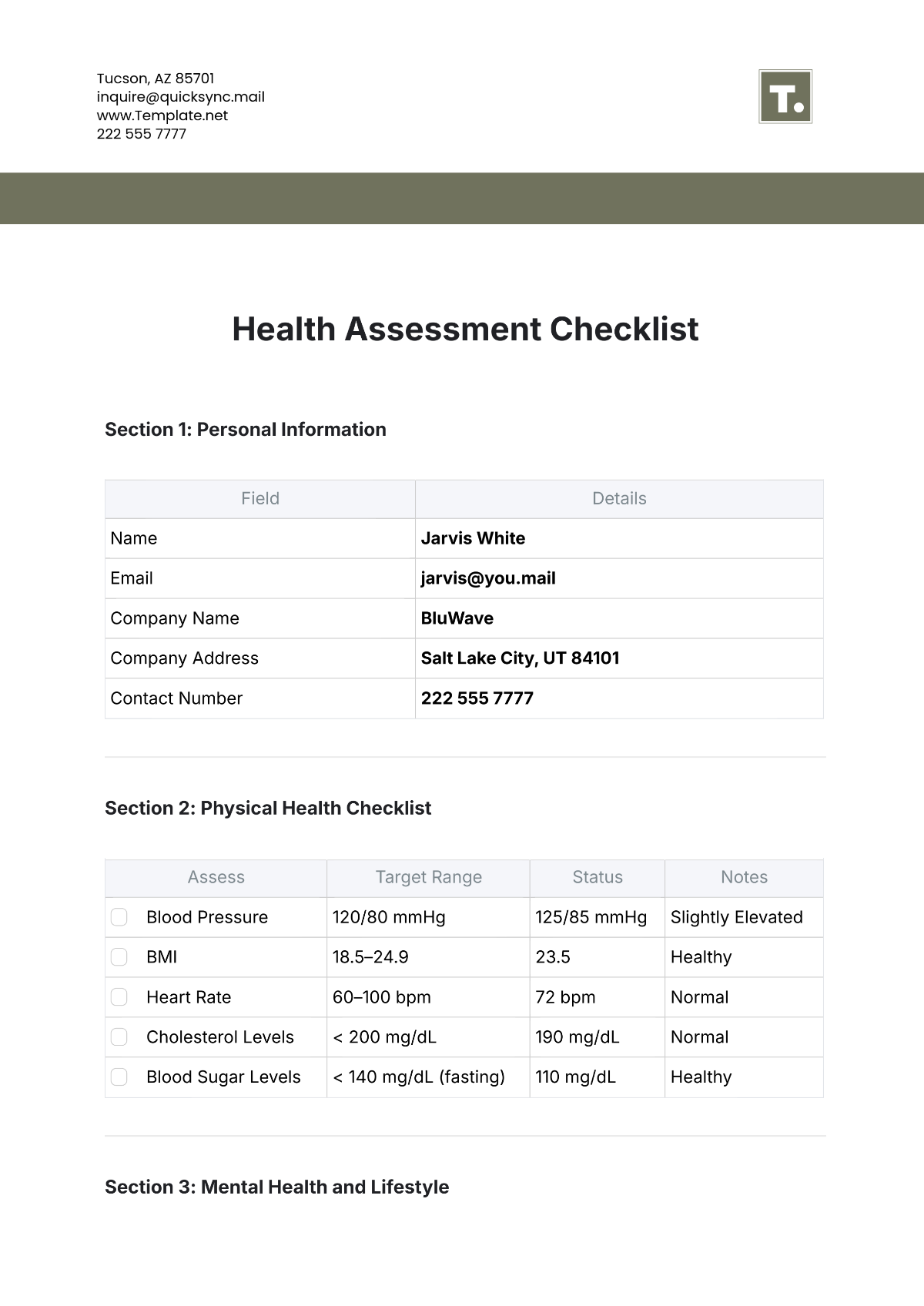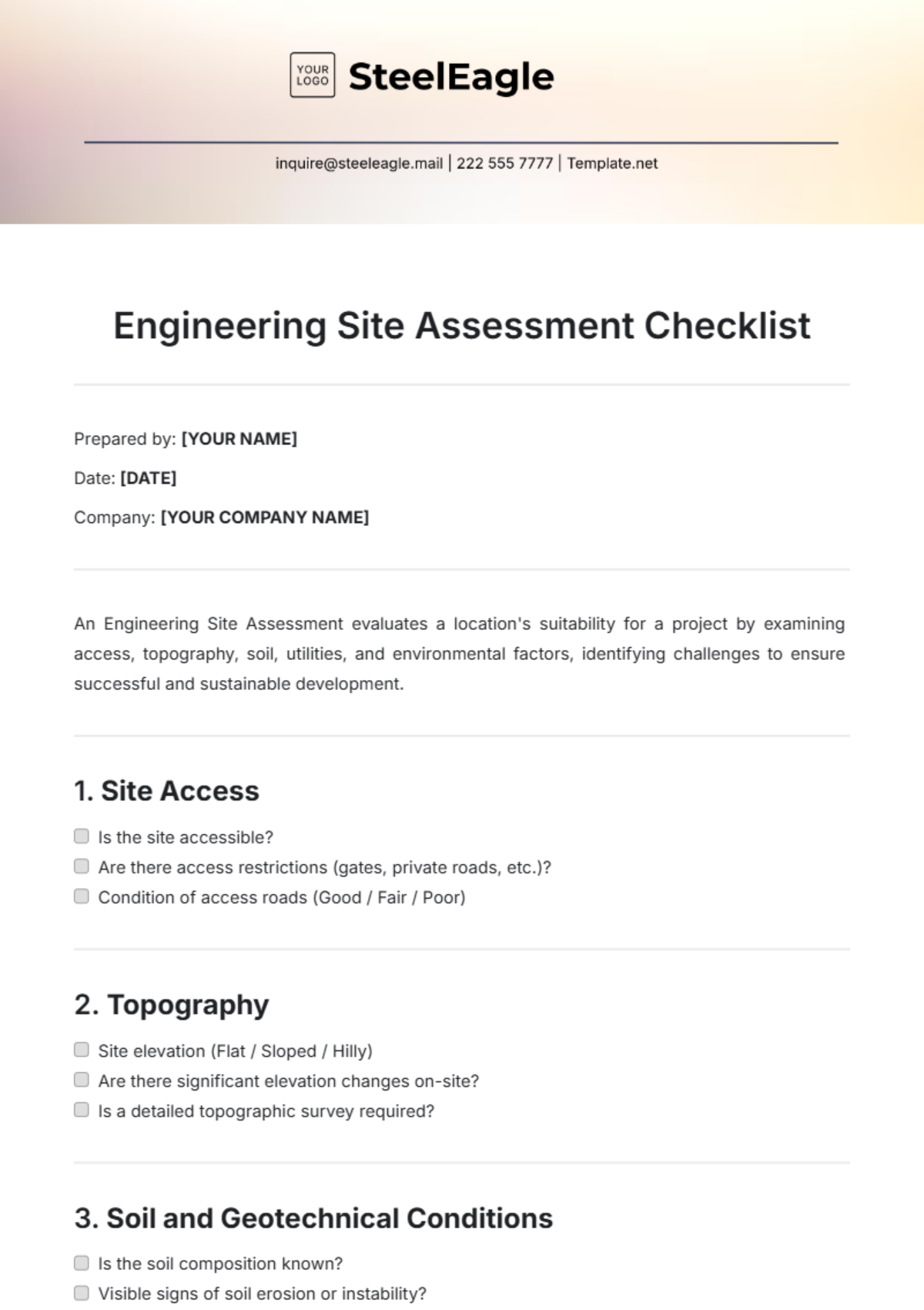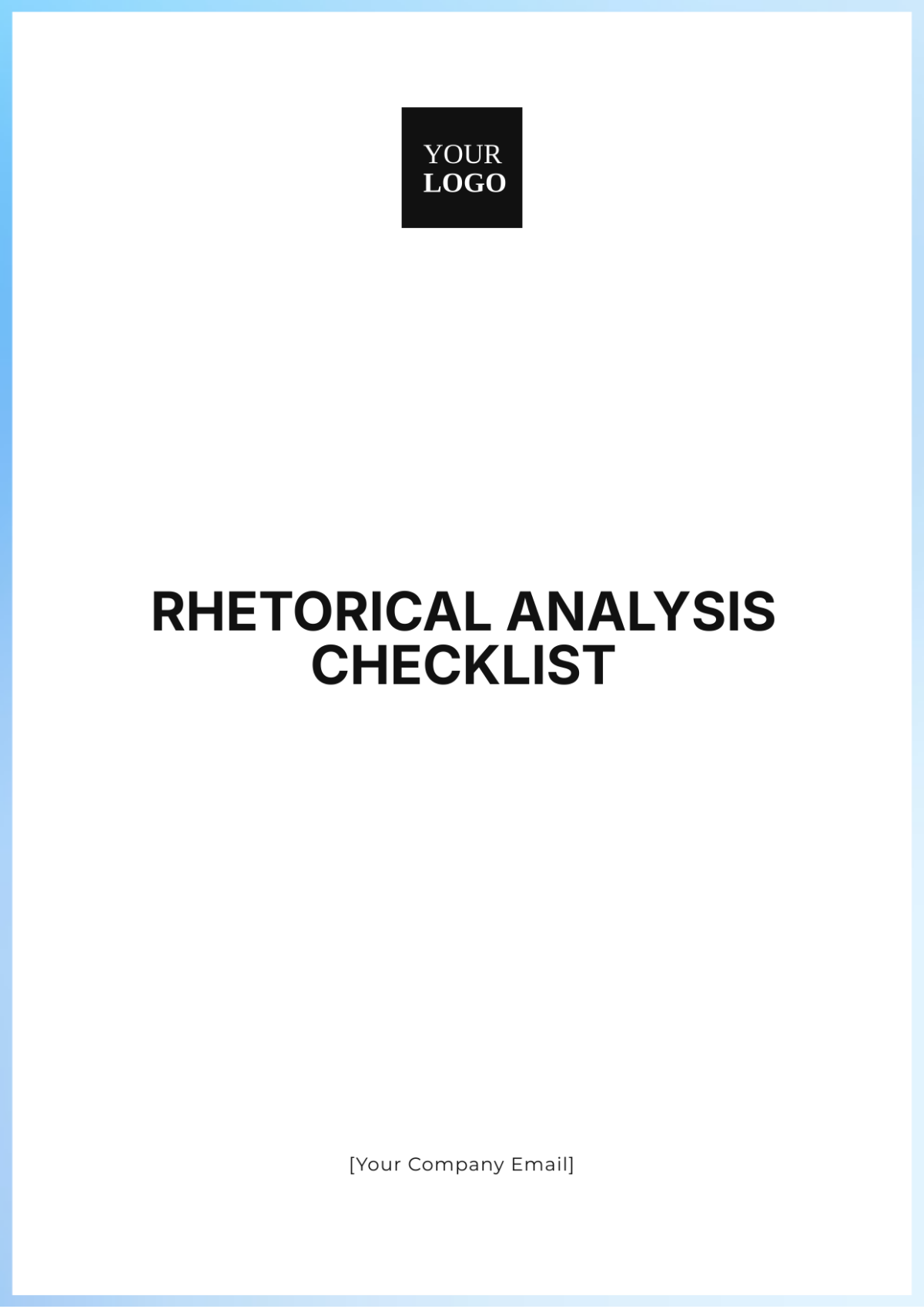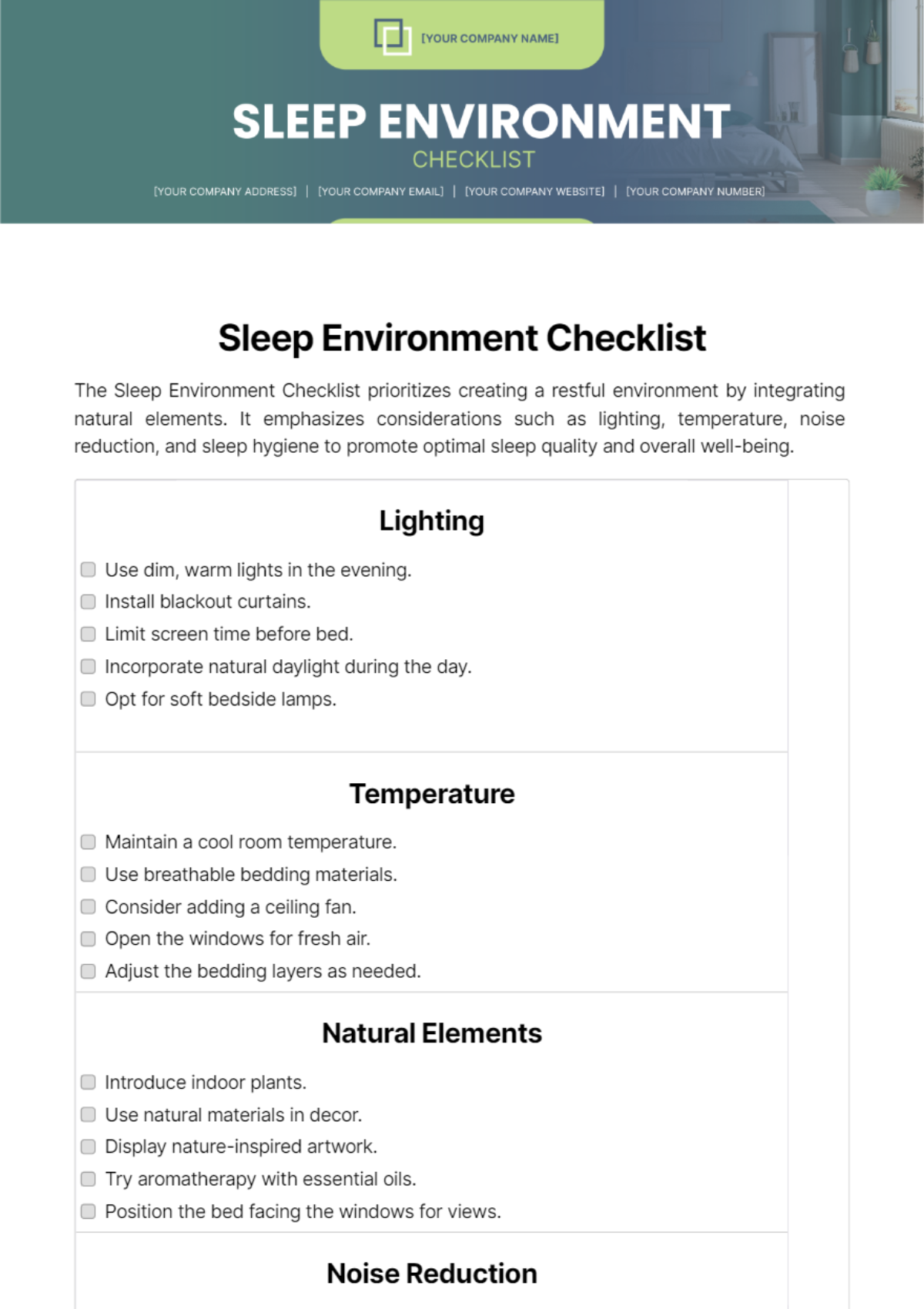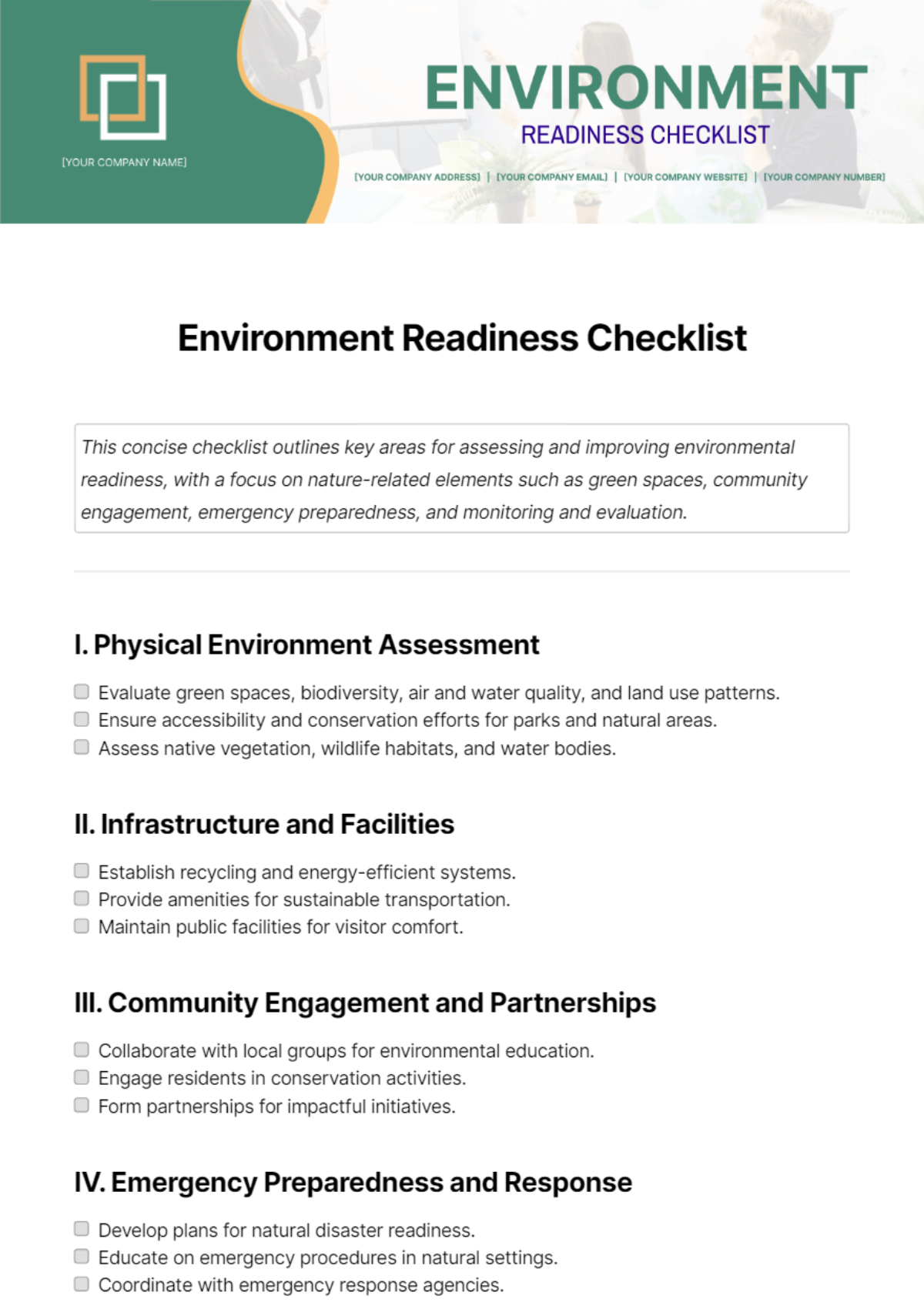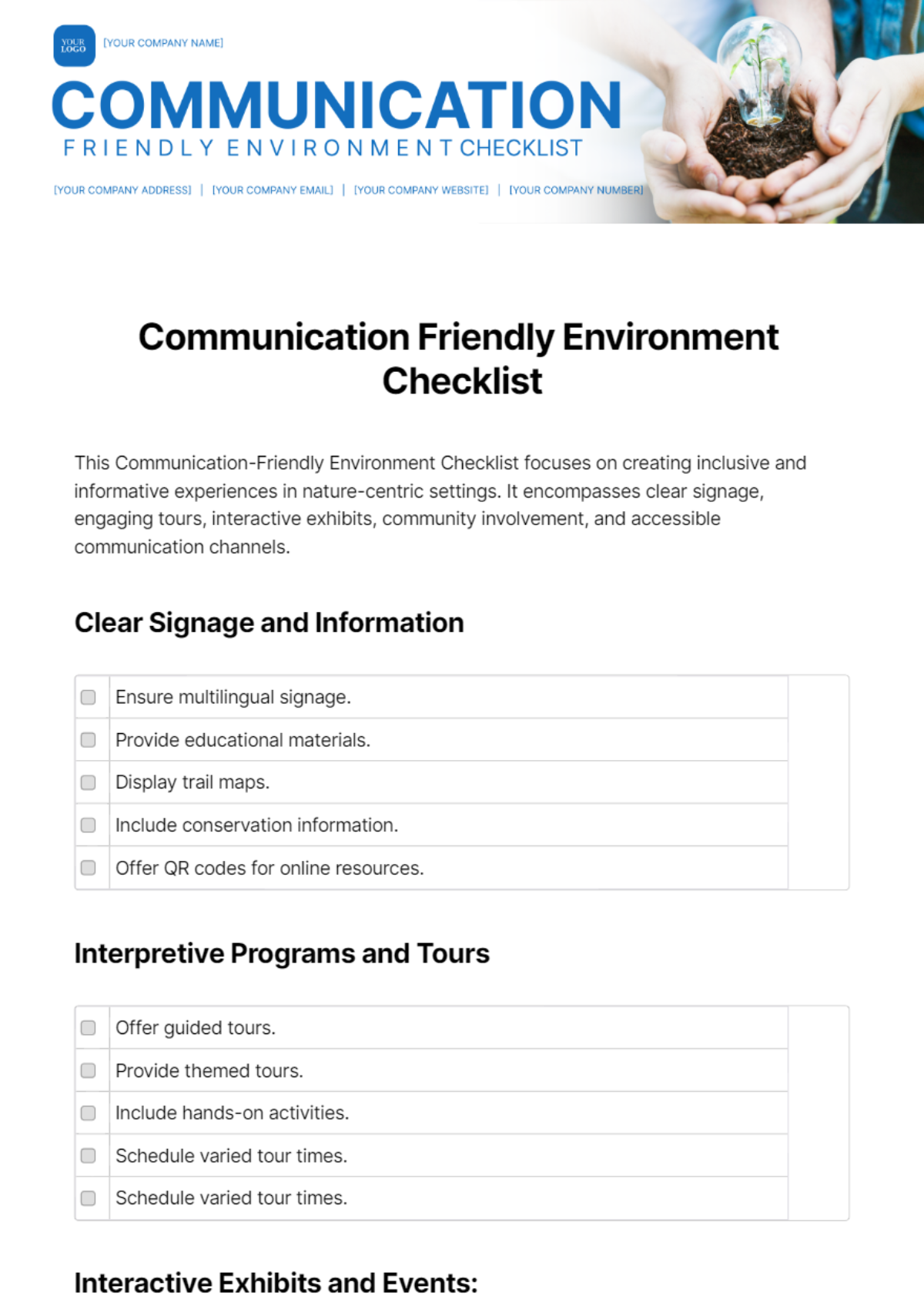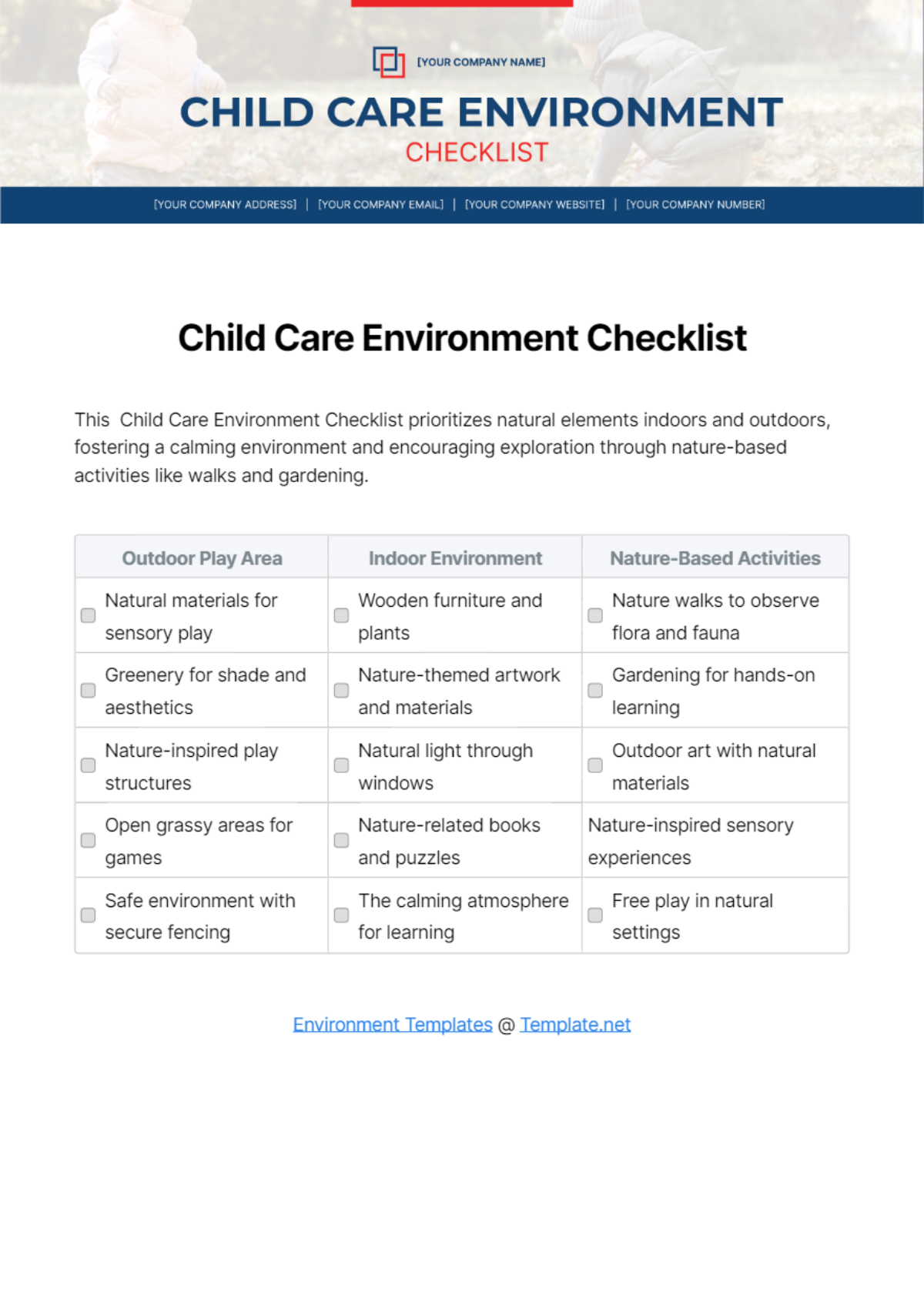Hotel Fire Safety Checklist Outline
Prepared By: [Your Name]
I. Fire Prevention Measures
A. Building Design
Ensure fire exits are marked and illuminated.
Verify that fire-resistant materials are used in construction.
Confirm that emergency exits are accessible and free from obstruction.
B. Fire Alarm Systems
Test smoke detectors monthly.
Inspect heat detectors and fire alarm systems quarterly.
Ensure alarm systems are connected to a monitoring service.
C. Fire Extinguishers
Check that fire extinguishers are accessible in all key areas (e.g., kitchens, hallways).
Confirm that extinguishers are inspected and tagged annually.
Ensure staff is trained on how to use fire extinguishers.
D. Electrical Safety
Inspect electrical wiring and outlets for damage or wear.
Ensure all electrical appliances are in good working condition.
Avoid overloading electrical circuits in guest rooms and common areas.
E. Housekeeping Practices
Maintain cleanliness in all areas to prevent fire hazards.
Store flammable materials properly and away from heat sources.
Keep hallways and exit routes clear of clutter and obstacles.
II. Fire Safety Equipment
A. Fire Sprinkler Systems
Test fire sprinkler systems semi-annually.
Inspect for any obstructions that may affect sprinkler coverage.
Ensure that sprinkler heads are not painted or obstructed.
B. Emergency Lighting
Test emergency lighting systems monthly.
Check that exit signs are illuminated and visible in all areas.
Ensure backup batteries for emergency lights are functional.
C. Emergency Exit Routes
Review and confirm that all emergency exit routes are marked.
Ensure exit doors open easily and are not locked during operational hours.
Conduct a visual inspection of all exit routes to ensure accessibility.
III. Emergency Procedures
A. Evacuation Plans
Develop and post evacuation plans in all guest rooms and common areas.
Conduct fire drills with staff and document participation at least twice a year.
Review evacuation plans regularly and update them as necessary.
B. Communication Protocols
Establish procedures for reporting fires internally and externally.
Train staff on how to effectively communicate with guests during an emergency.
Ensure all staff members are aware of emergency contact numbers.
C. Training and Drills
Provide initial fire safety training for all new employees.
Schedule annual refresher courses on fire safety procedures for all staff.
Document all training sessions and participant attendance.
IV. Record Keeping
A. Inspection Records
Maintain logs of all fire safety inspections, tests, and maintenance.
Ensure records are easily accessible for regulatory bodies to review.
Track and document staff training sessions related to fire safety.
B. Incident Reports
Document any fire incidents or near-misses, including responses and outcomes.
Analyze incident reports to identify areas for improvement.
Review incident reports with staff to reinforce lessons learned.
